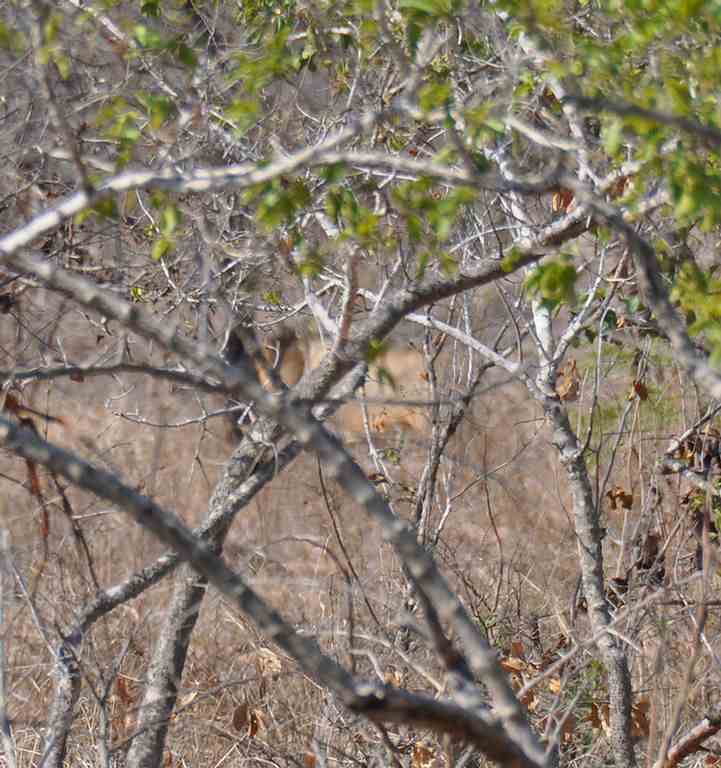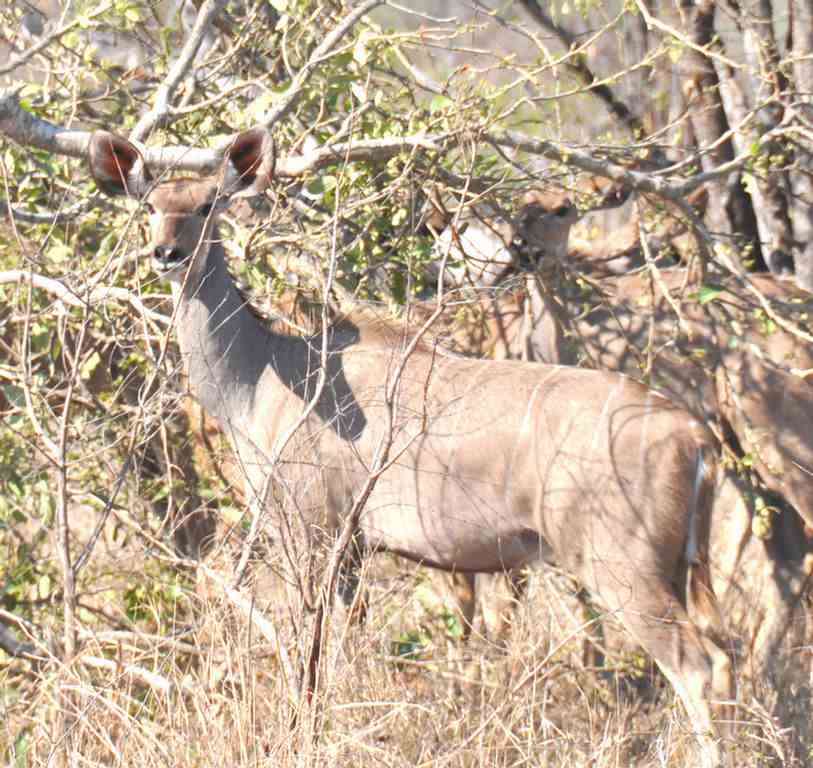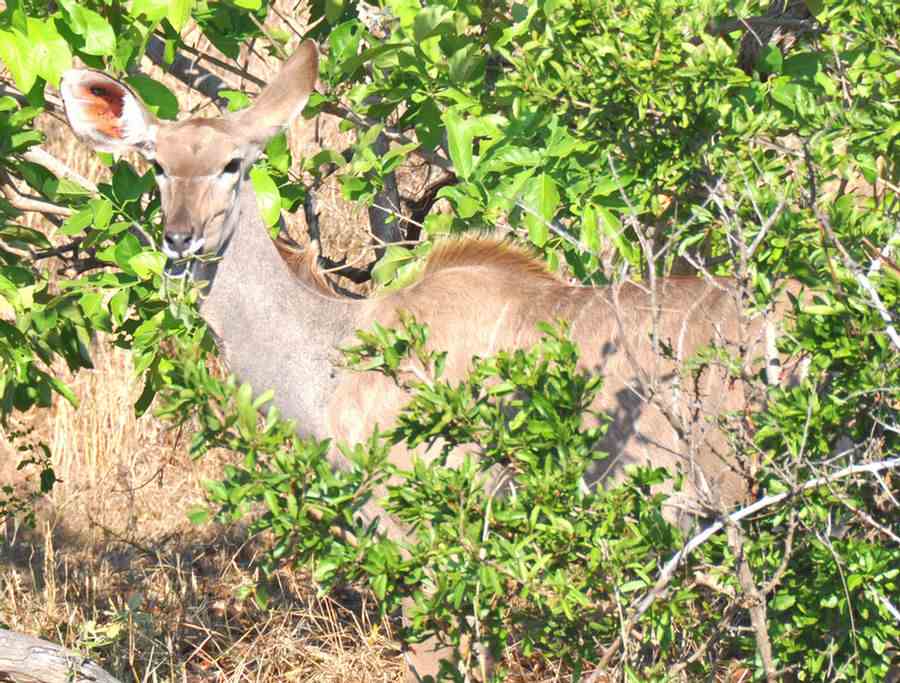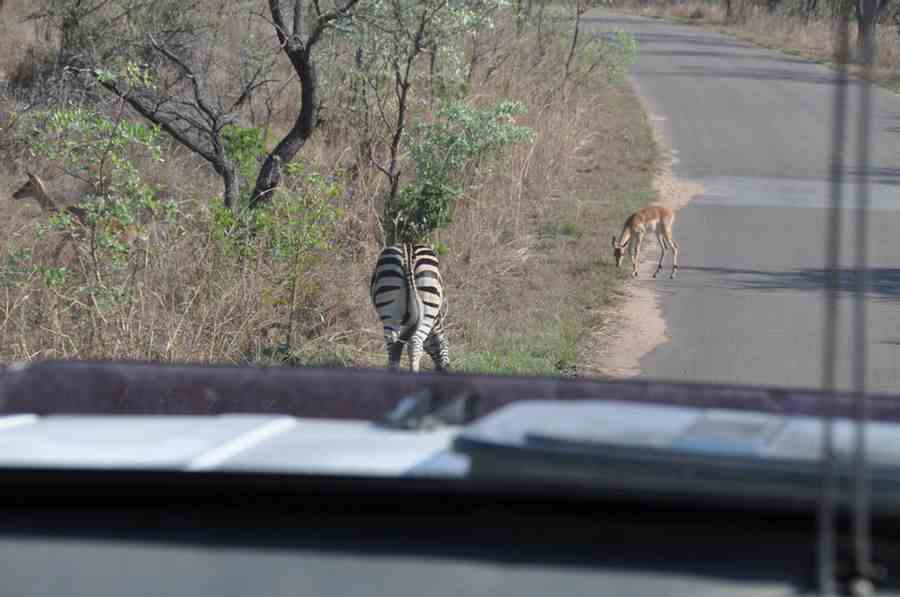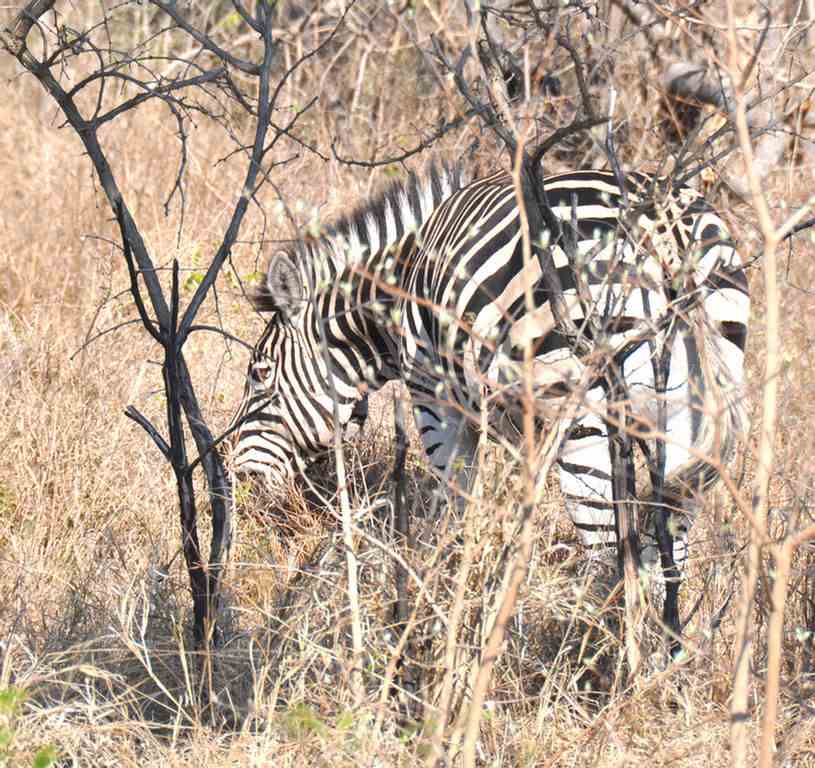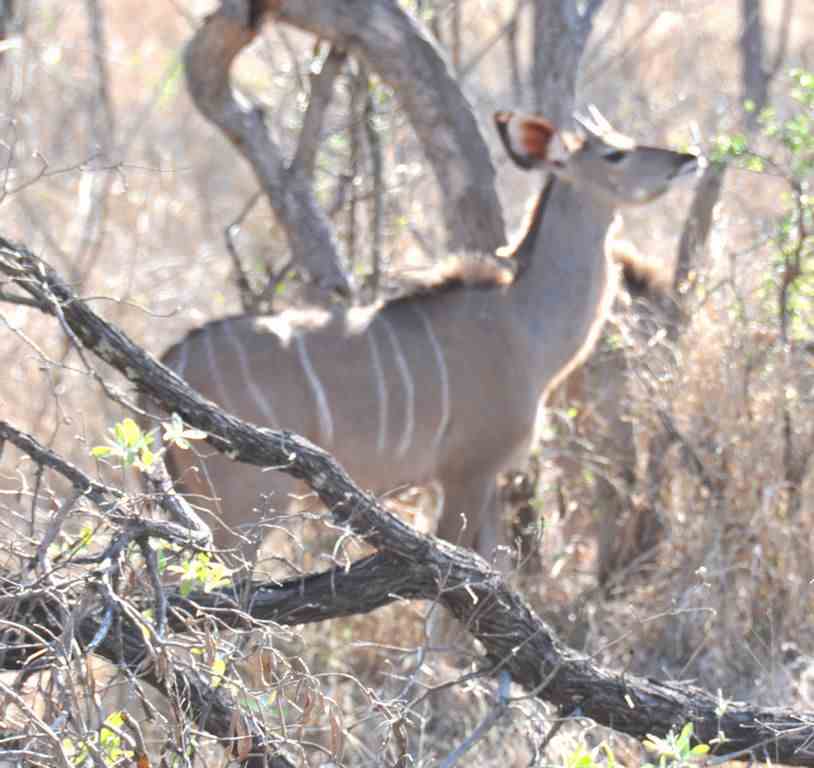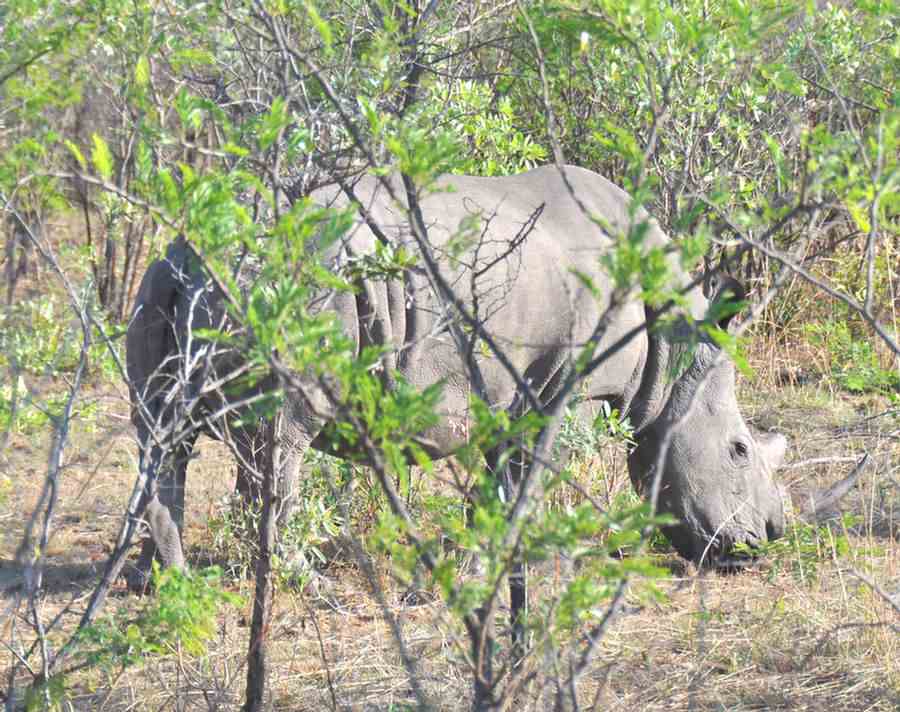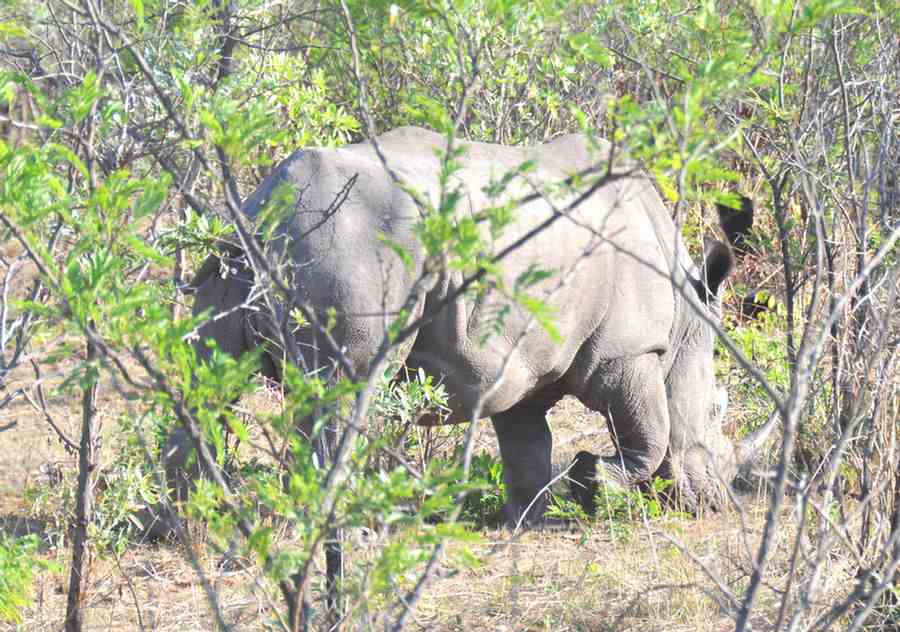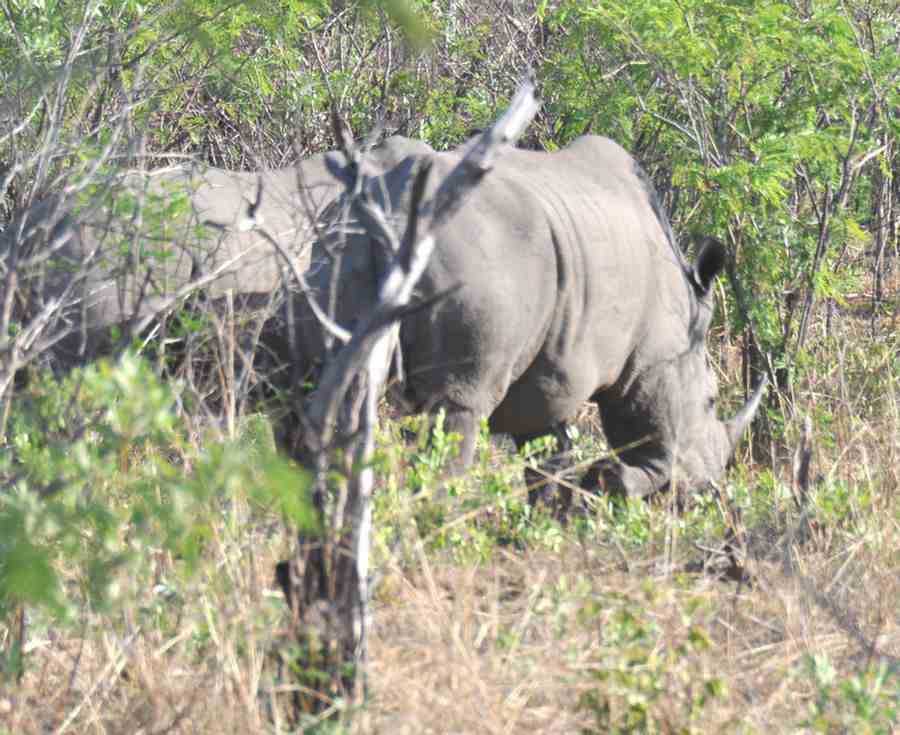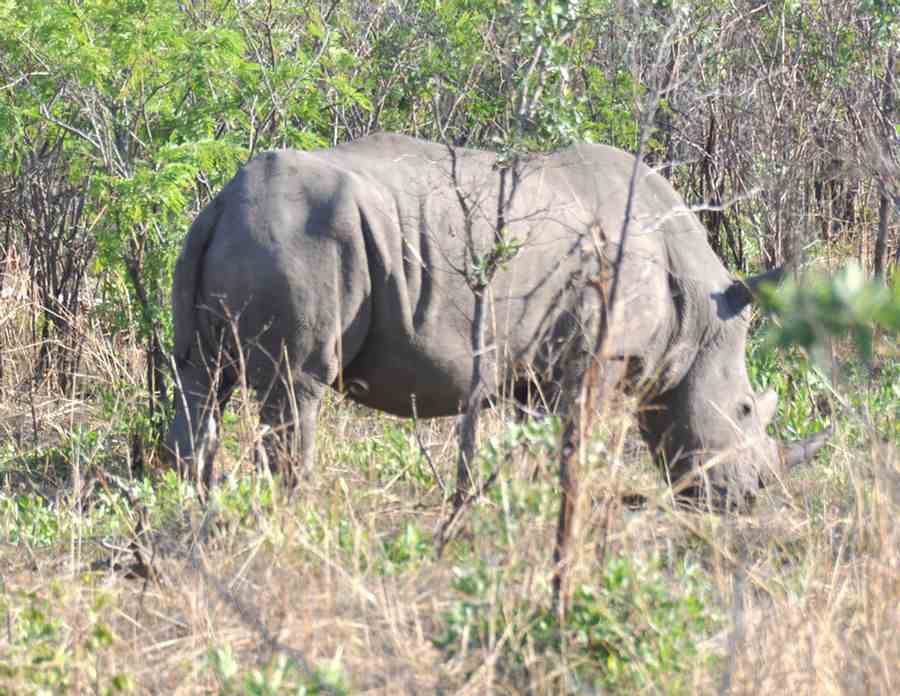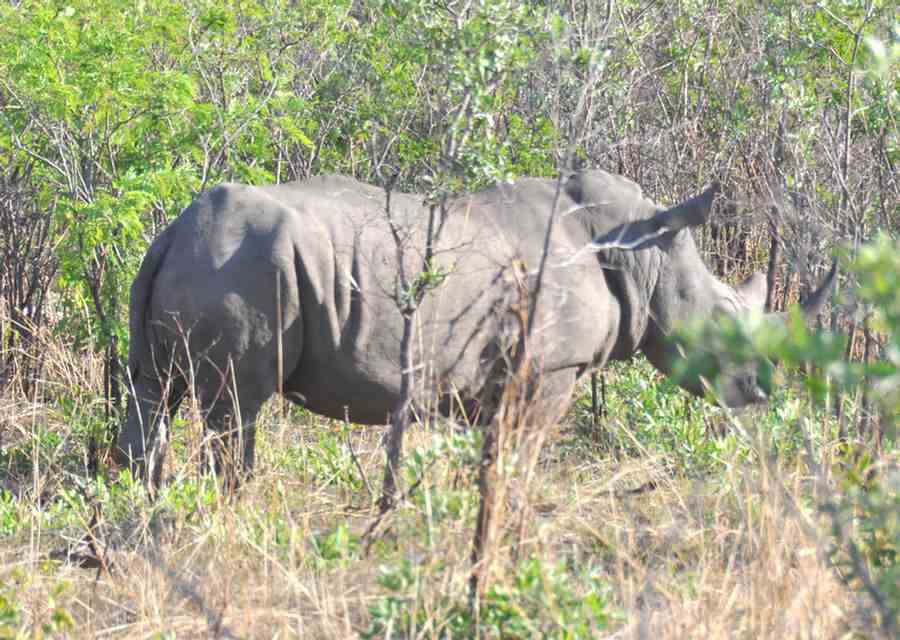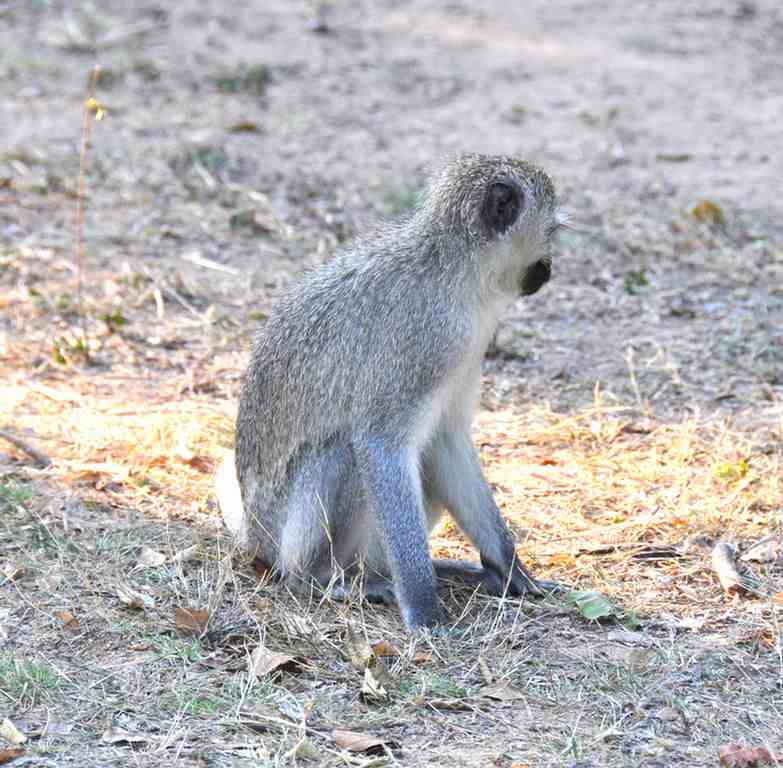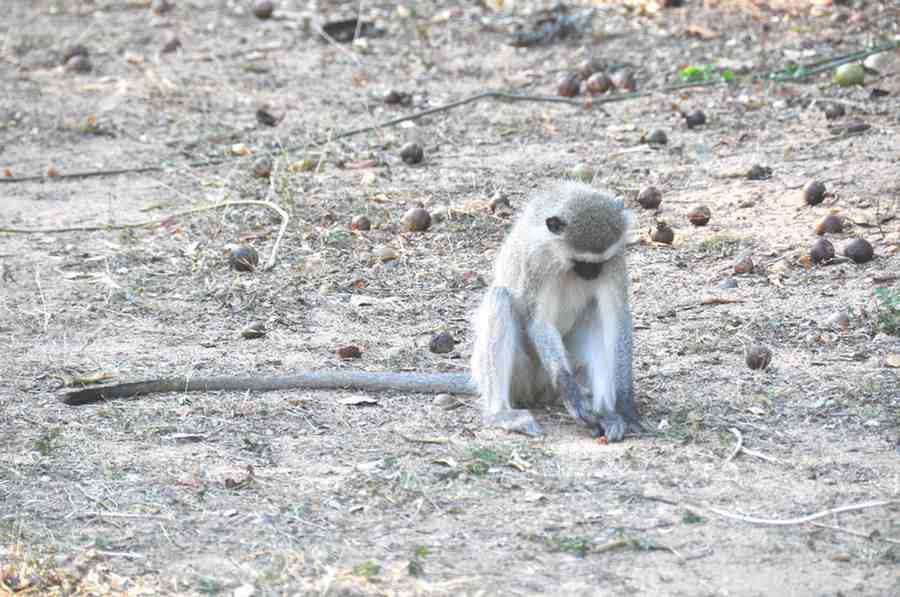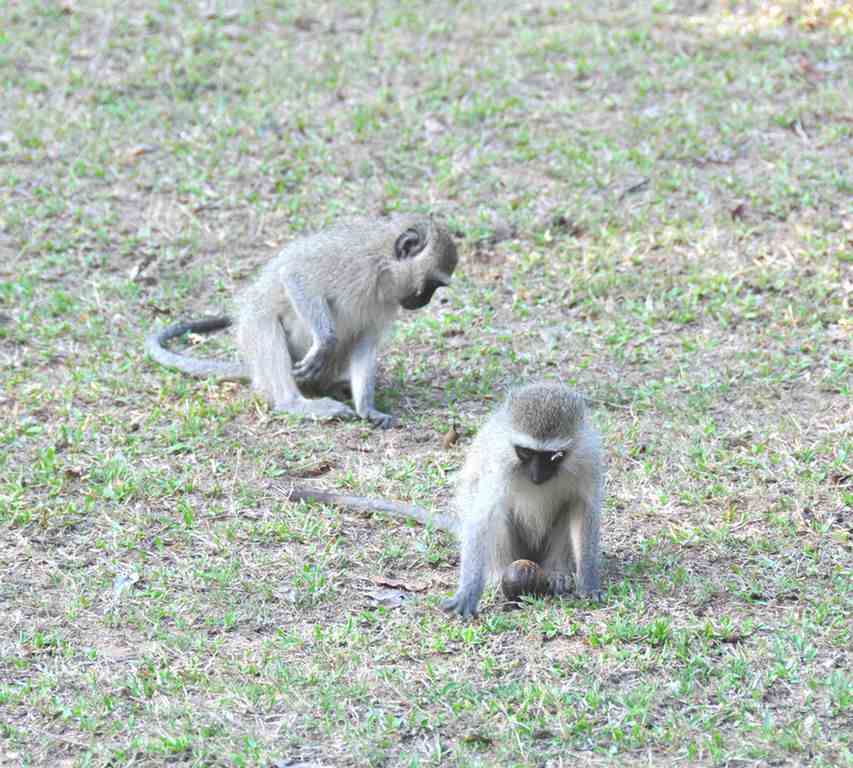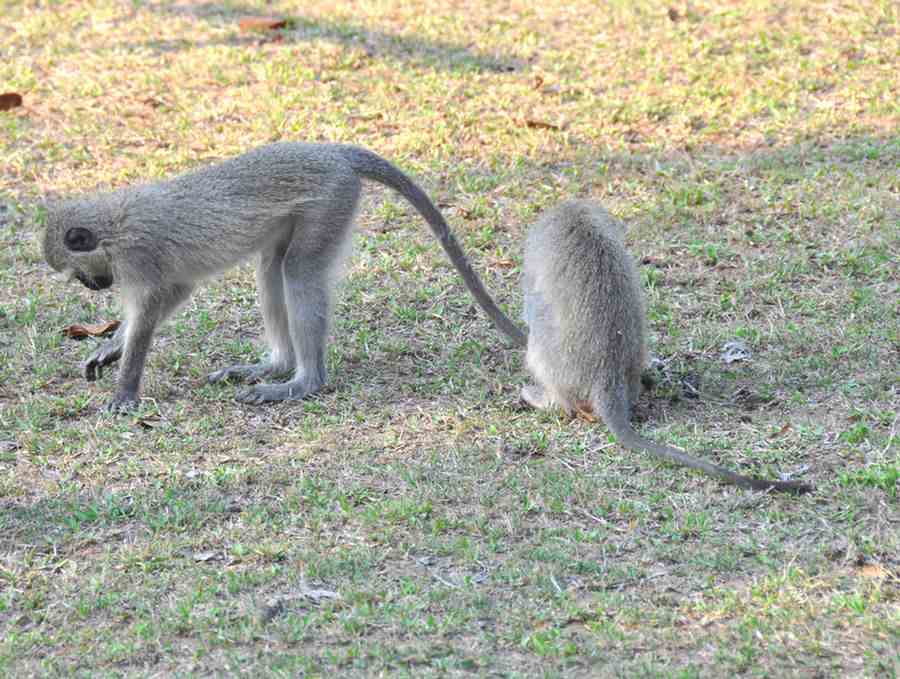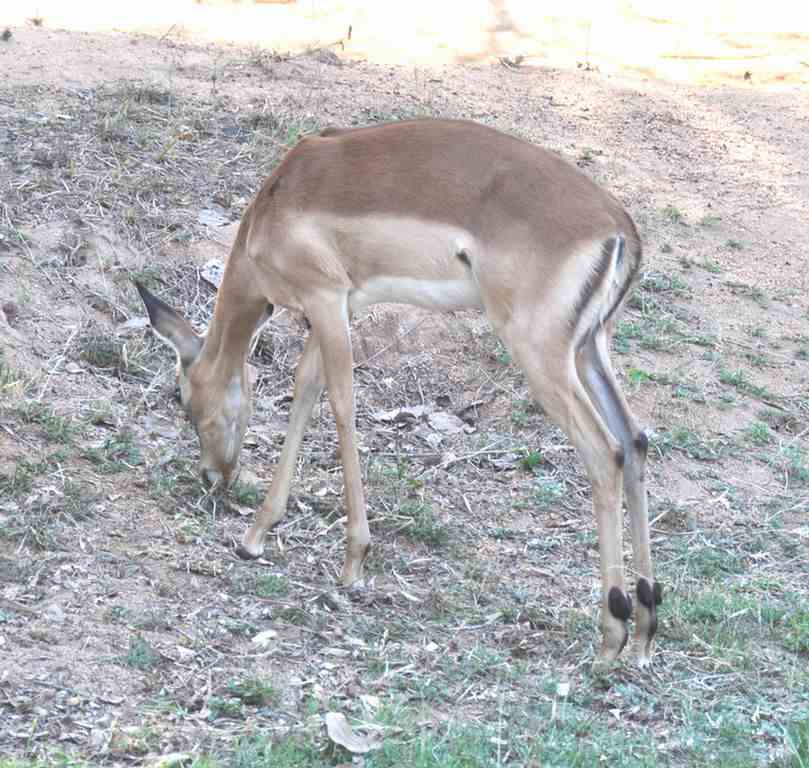(South Africa)
I have visited Kruger National Park twice.
My
first visit to this game reserve was in 2008 as part of my
52-day,
7-country IntrepidTravel camping-truck trip from Nairobi to
Johannesburg.
The
largest game reserve in South Africa, it covers almost 19,000
square km
and extends 350 km from north to south and
60 km from east to west.
The roads are in much better condition than those in the National Parks in Kenya and Tanzania.
Our tour only covered a small part of the park. We entered the park by the Phalaborwa Gate.
The
first night we camped at the Letaba Campsite which had a well stocked
shop, service station, restaurant and other facilites.
It
also
had an excellent museum with lots of information about elephants.
The
second night we stayed at the Tsendze Campsite. The site
was rustic but had excellent, clean facilities.
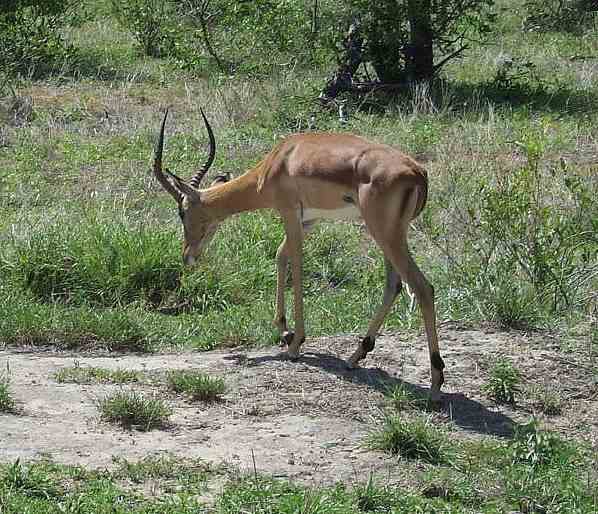
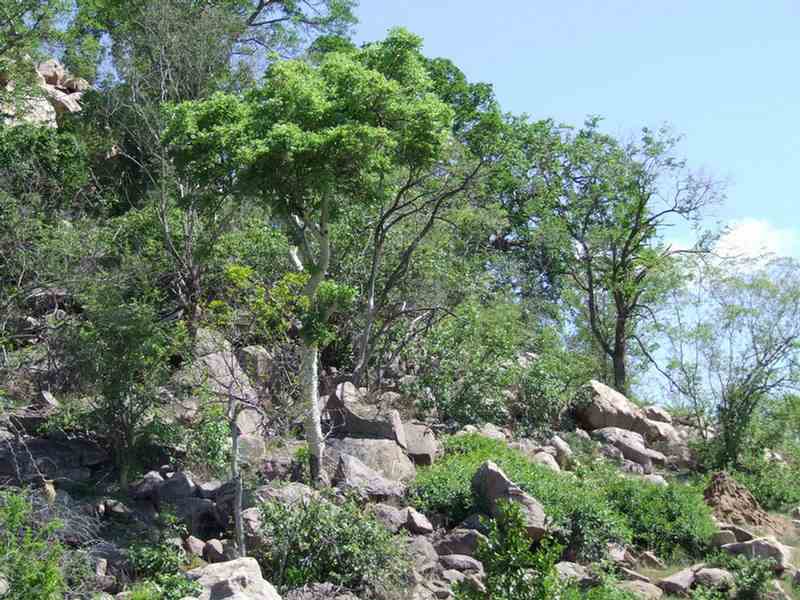
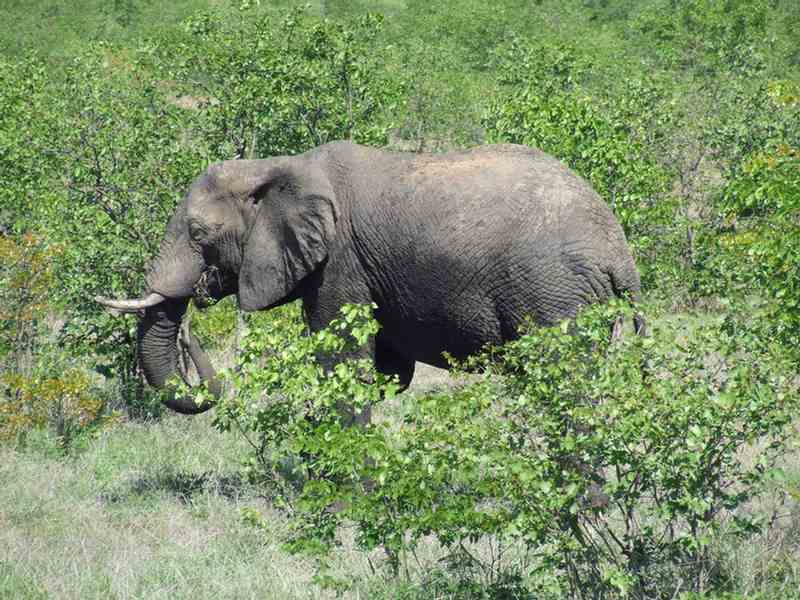
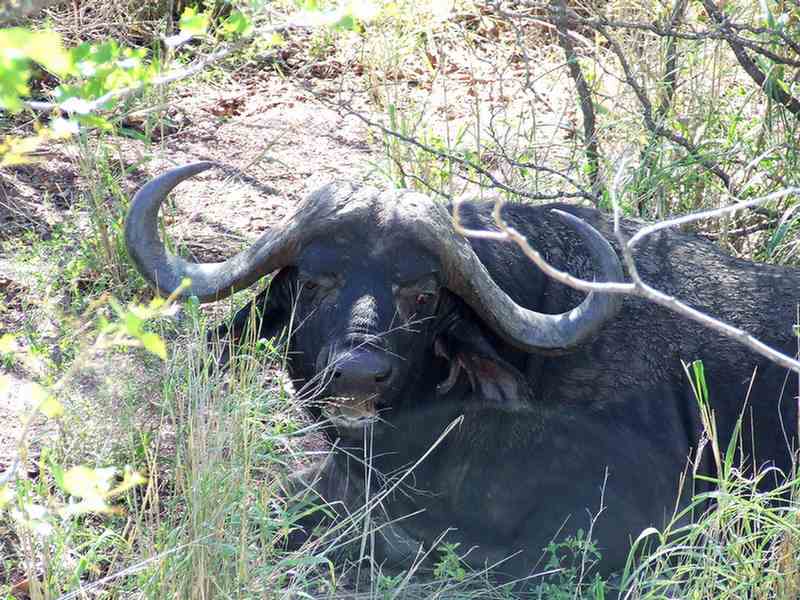
From the Letaba campsite we went on a sunset walk in the park.
This is one of the guides, Rhianna, loading her rifle.

The guides, Rhianna and Saskia with their rifles.
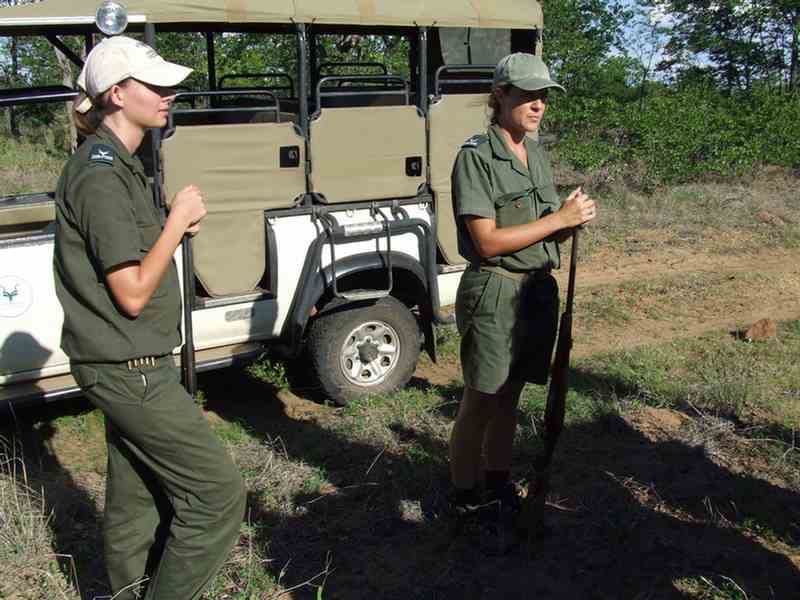
We had to walk in a single file with the 2 guides leading.
They told us that if animals were to attack they would do so from the front.
We could only take their word on that.
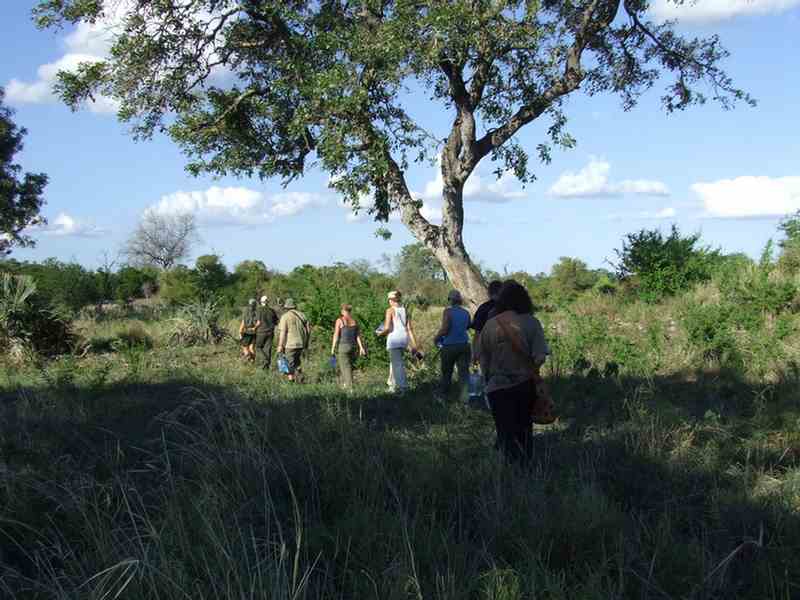
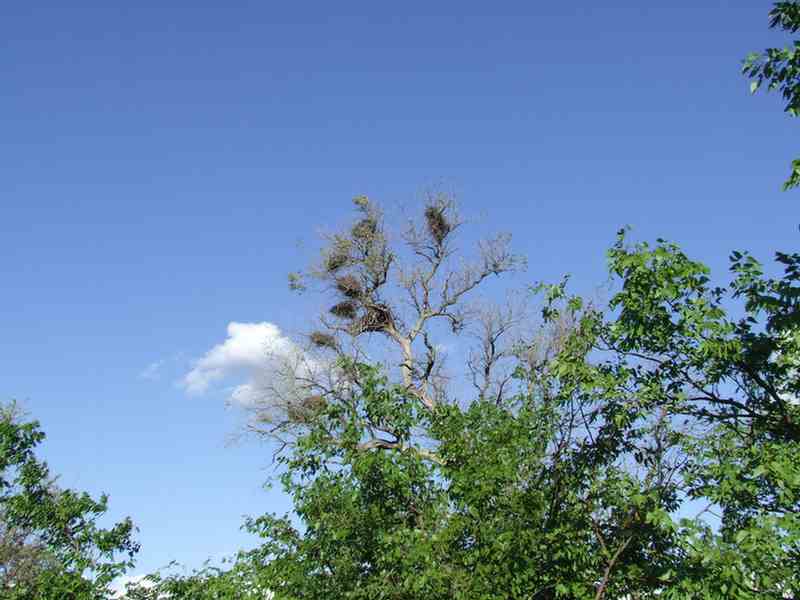
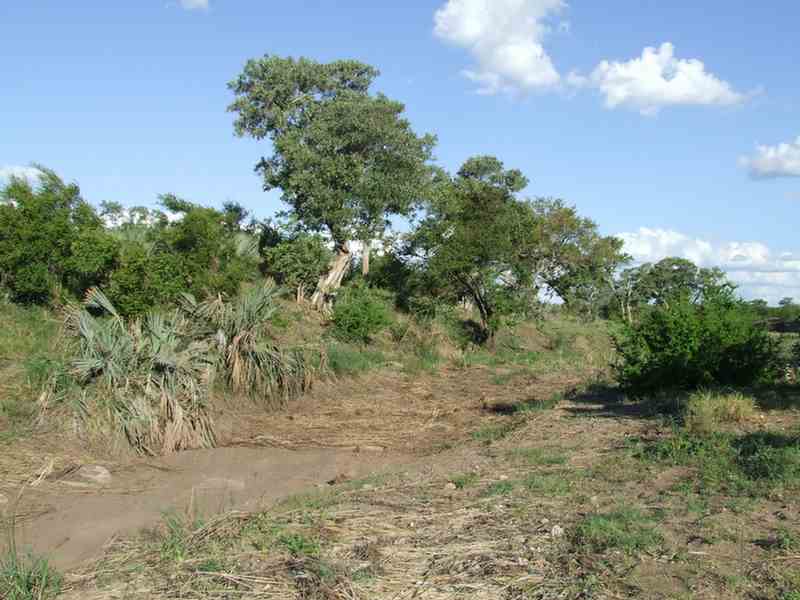
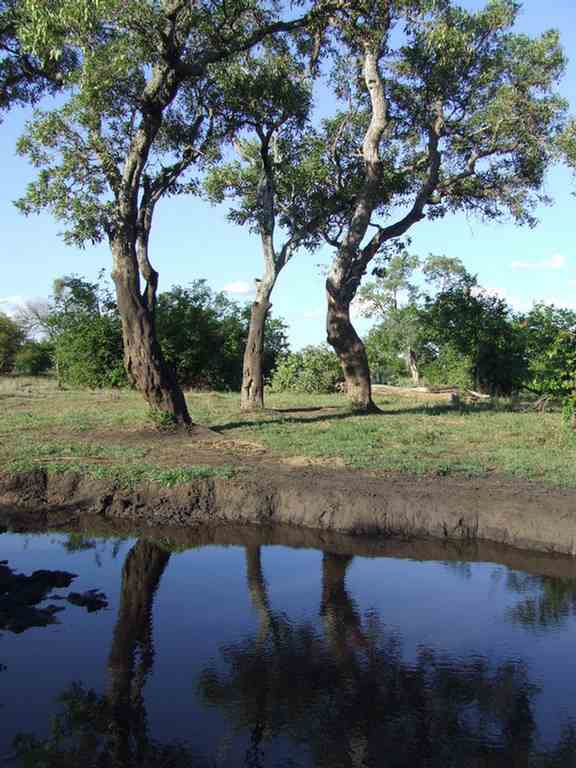
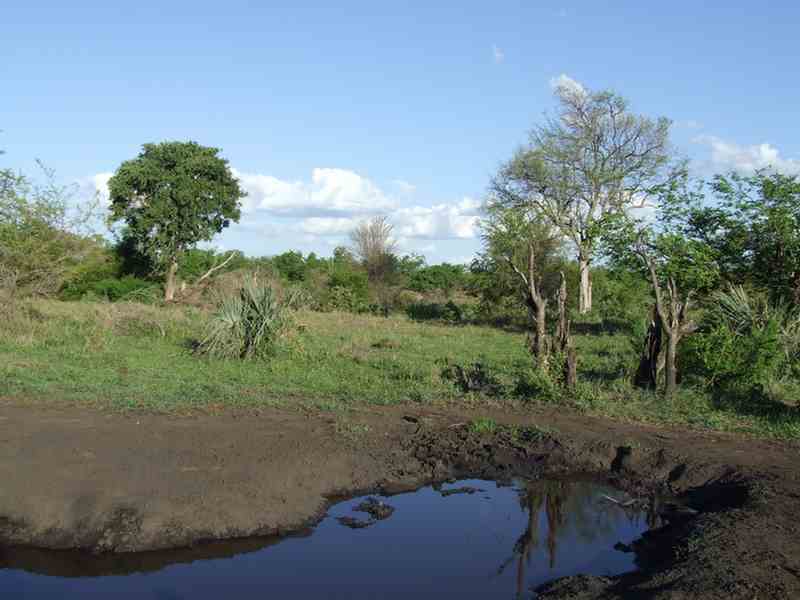
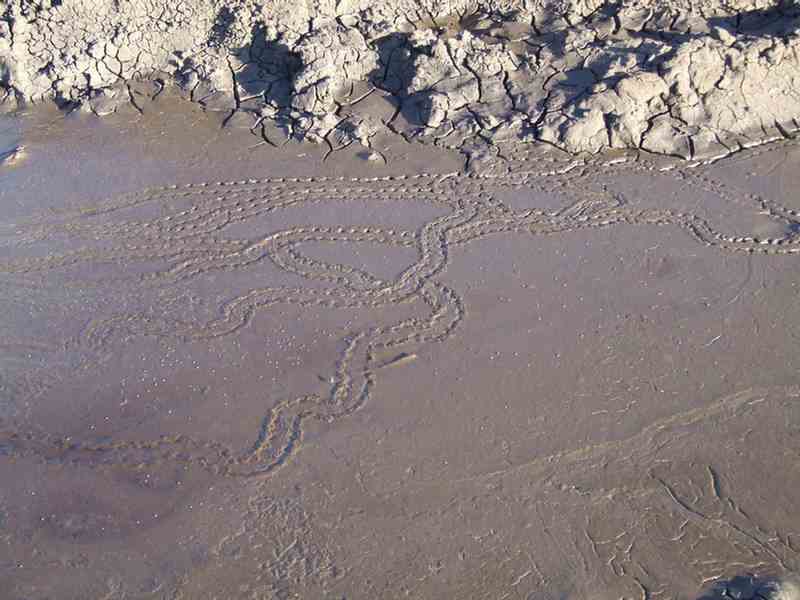
An old elephant that we saw on our sunset safari walk.
Our guides explained that it was old because its droppings contained a lot of
undigested vegetable matter that it could not chew because of its worn down teeth.
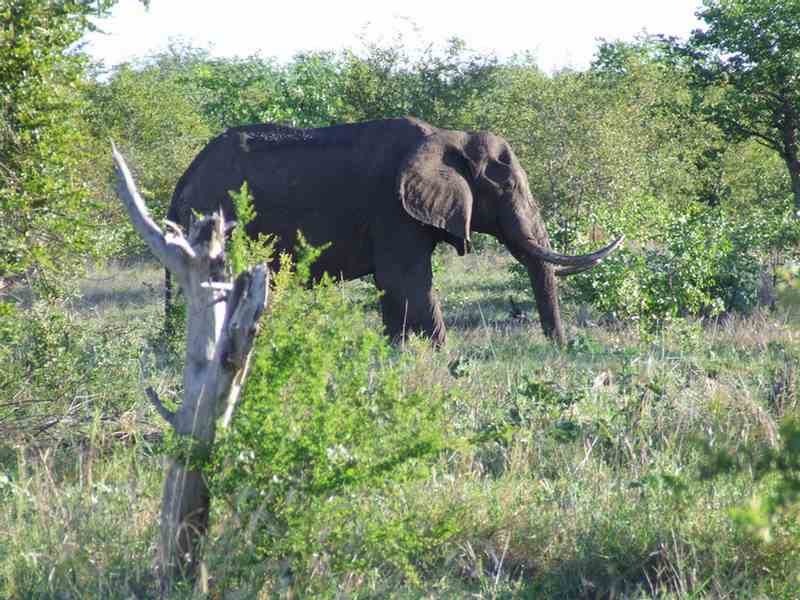
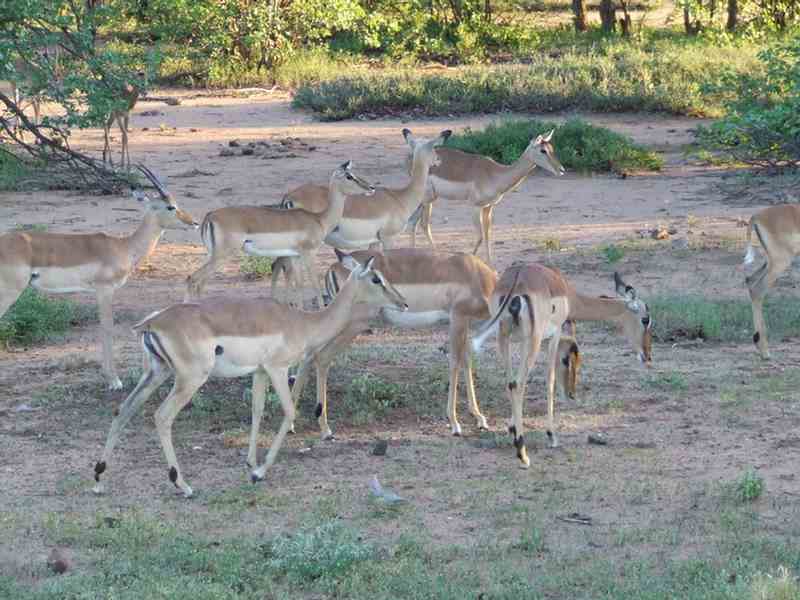
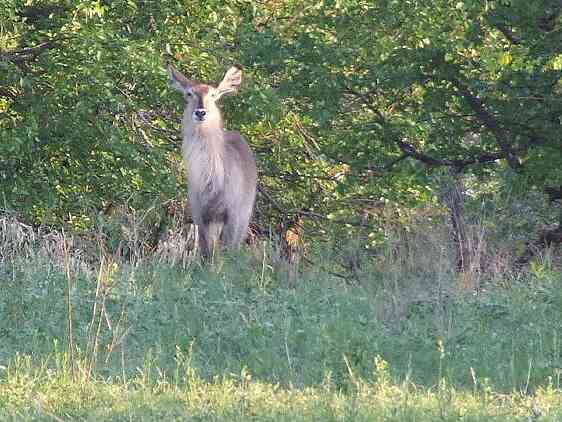
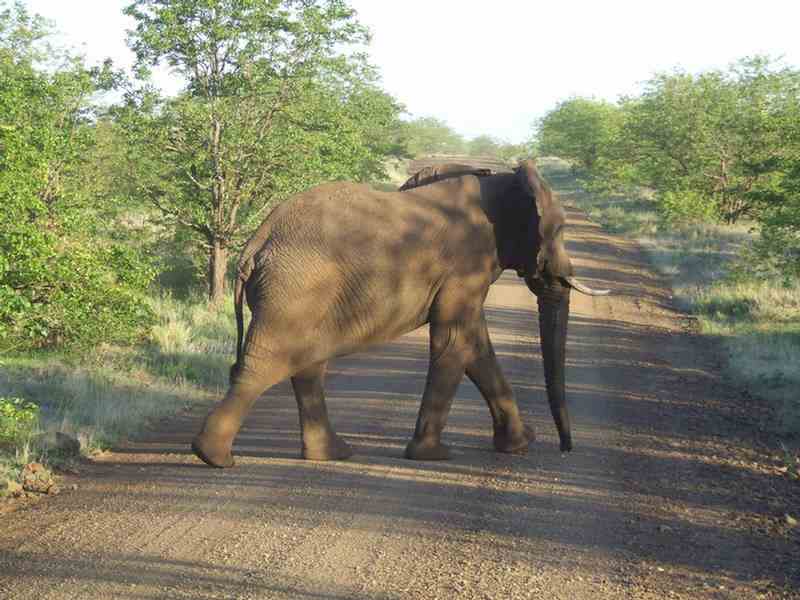
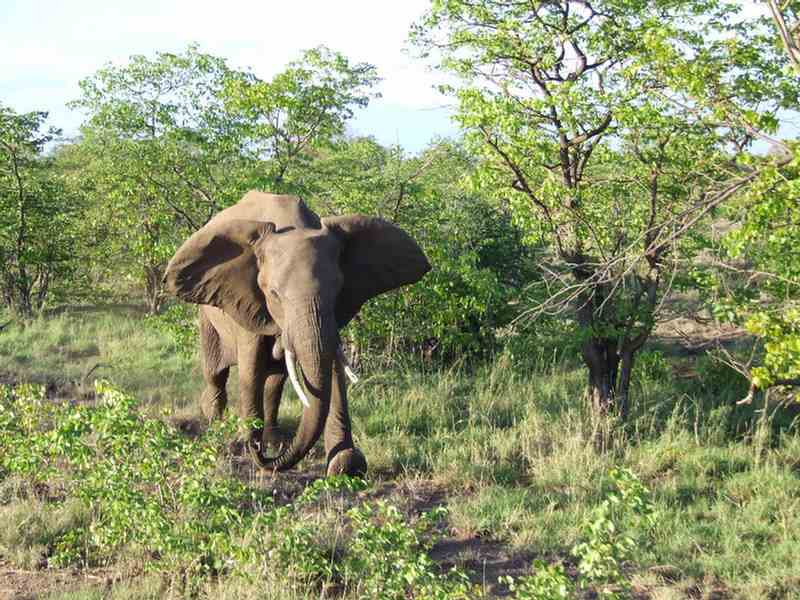
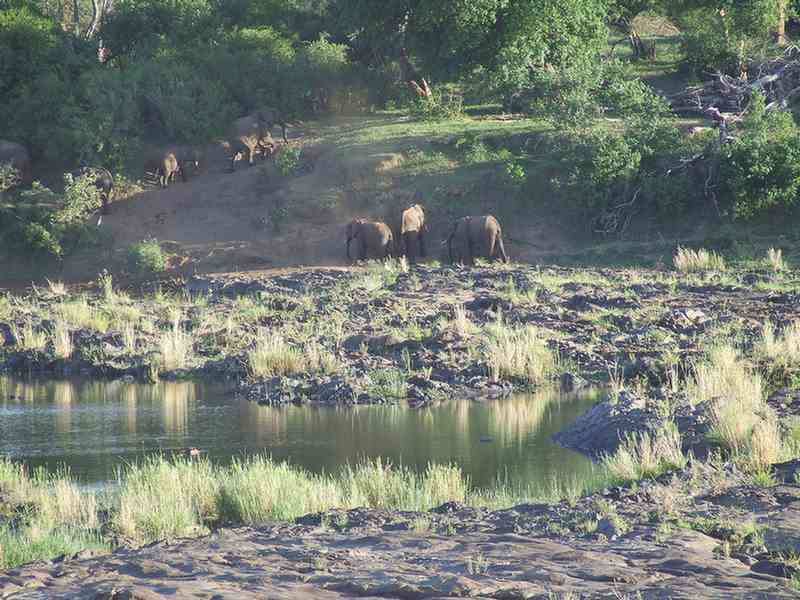
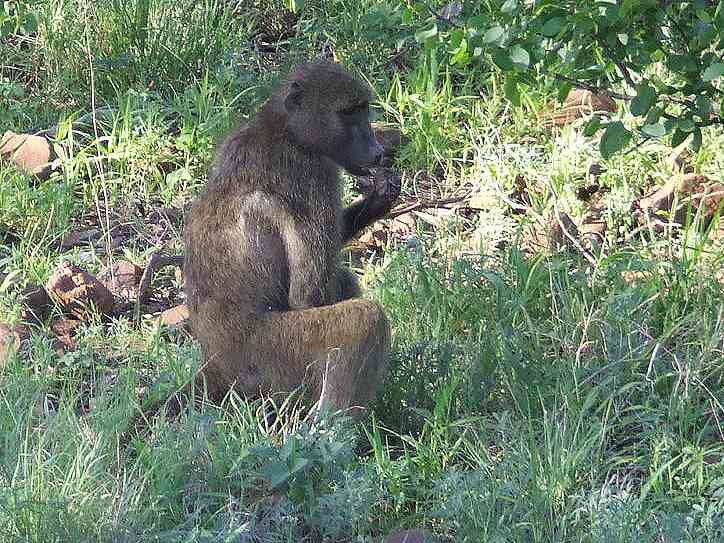
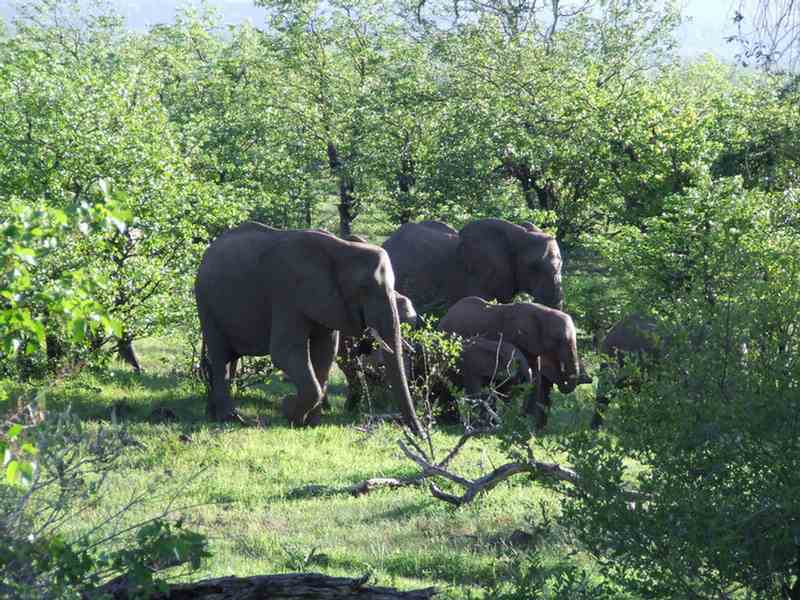
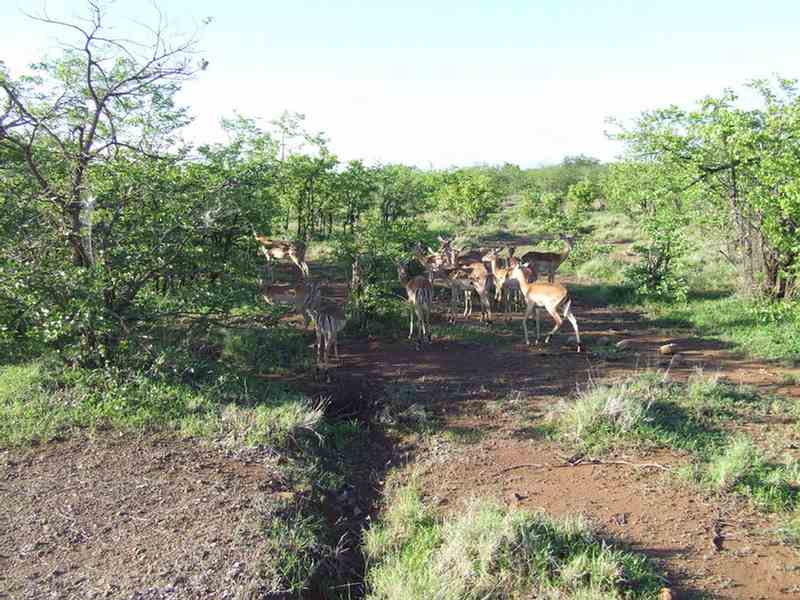

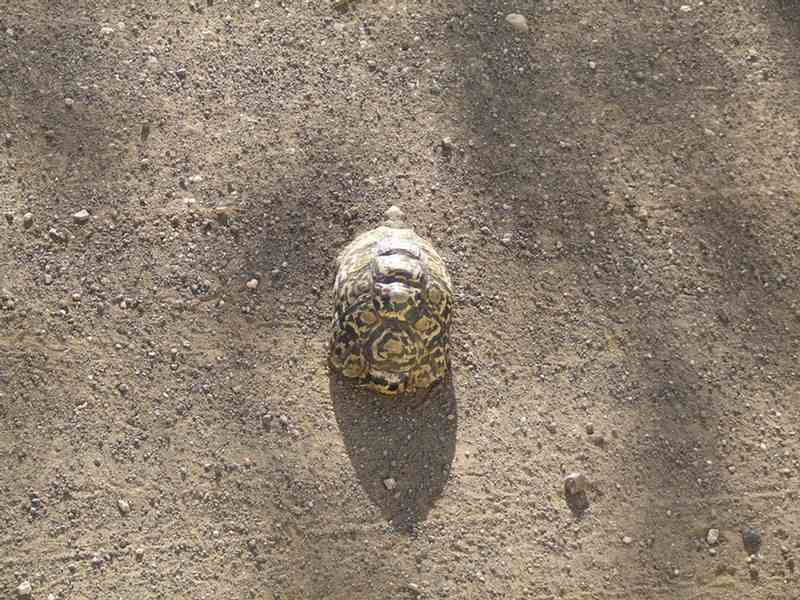
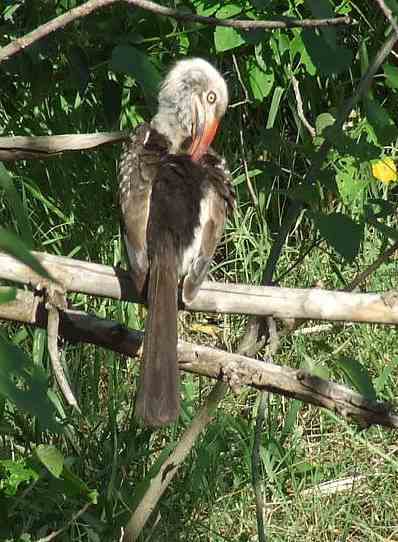
In the section of the park that we visited we saw lots of elephants and buffalo
and a number of giraffe, but no lions, leopards or cheetah.
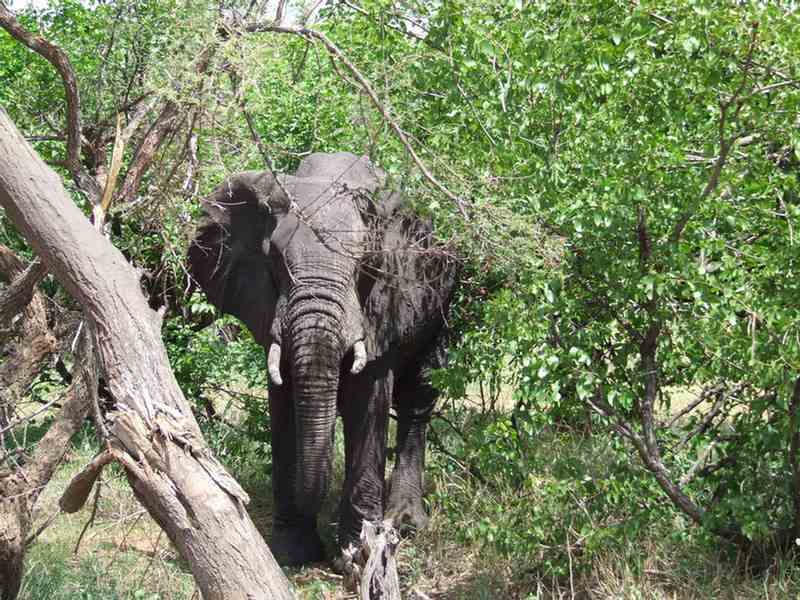
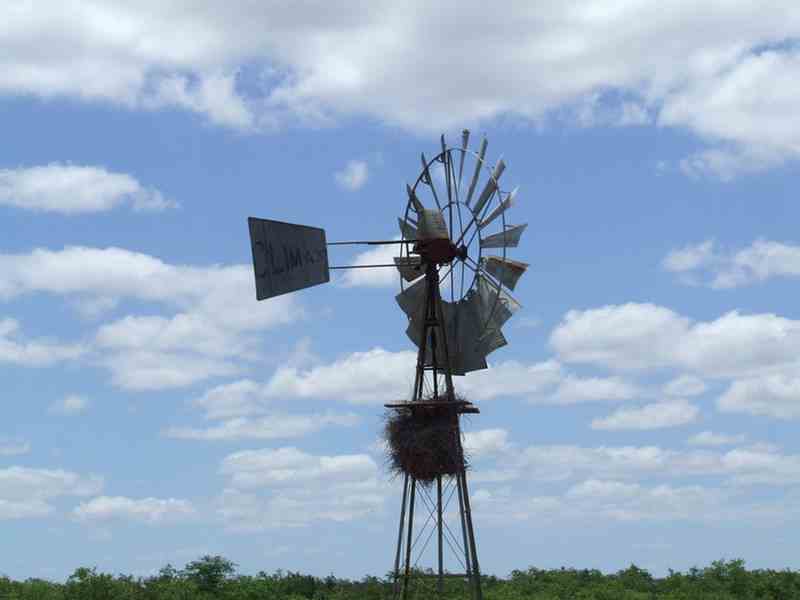
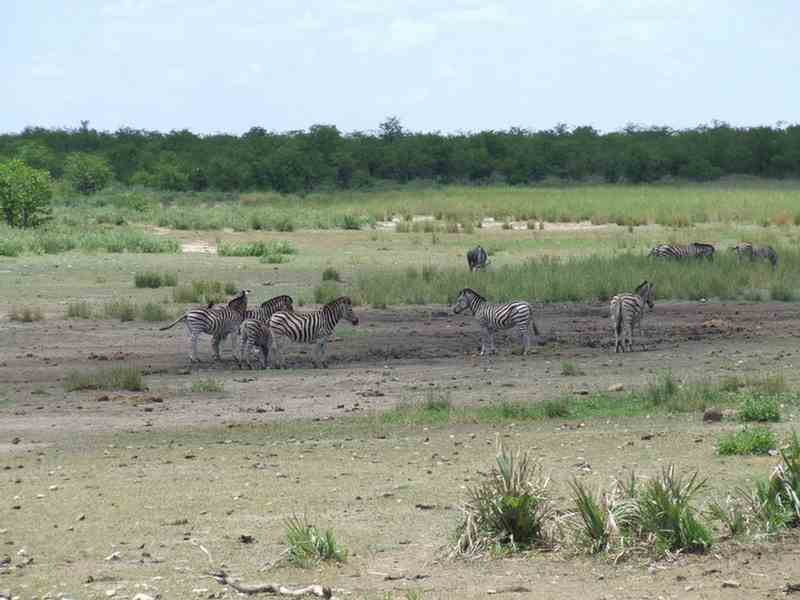
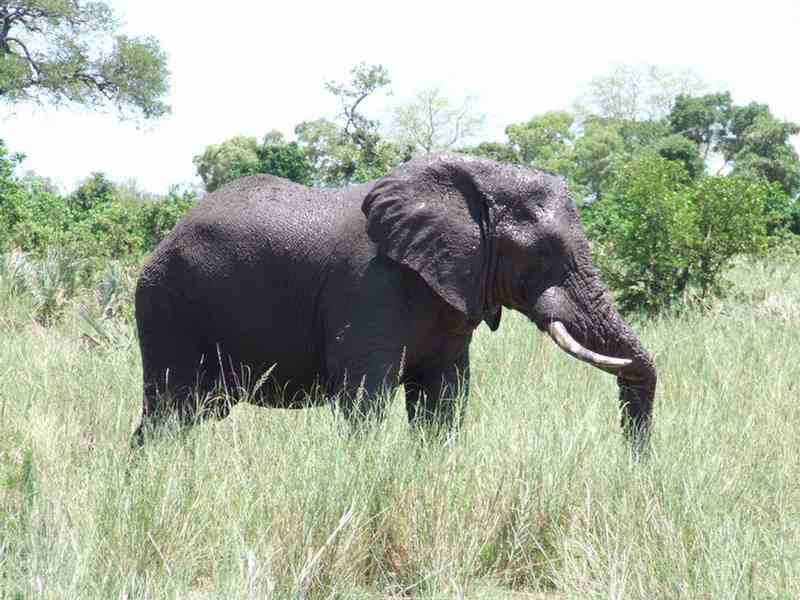
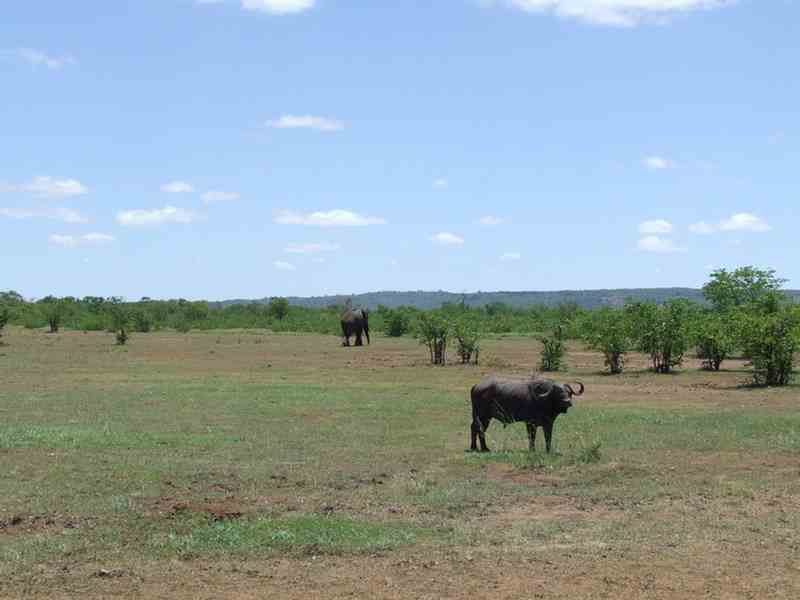
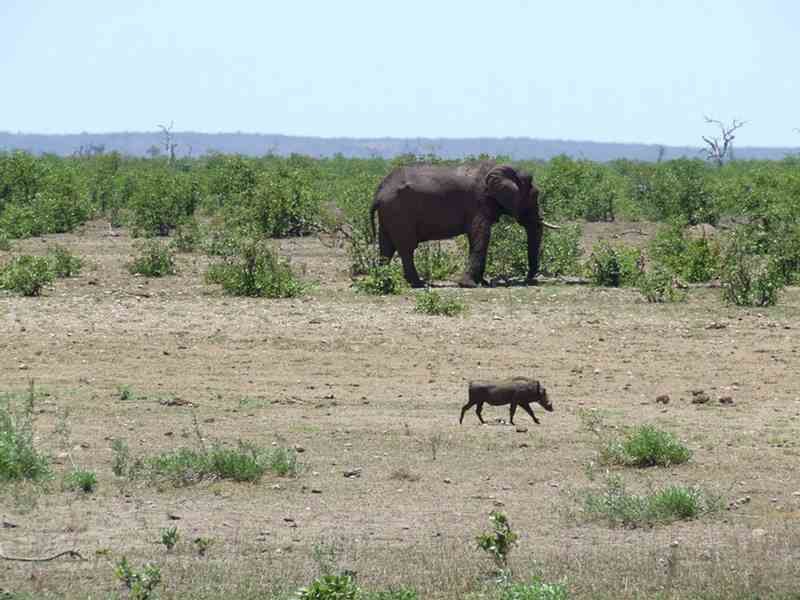
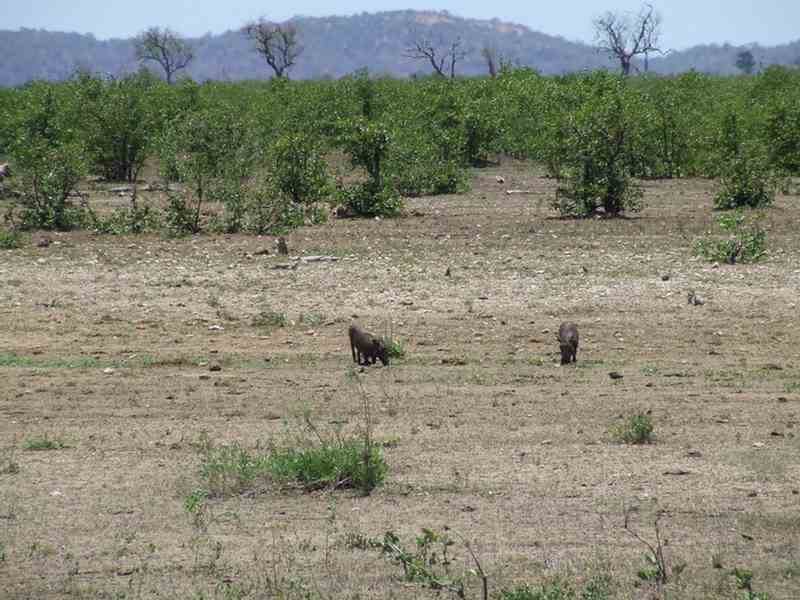
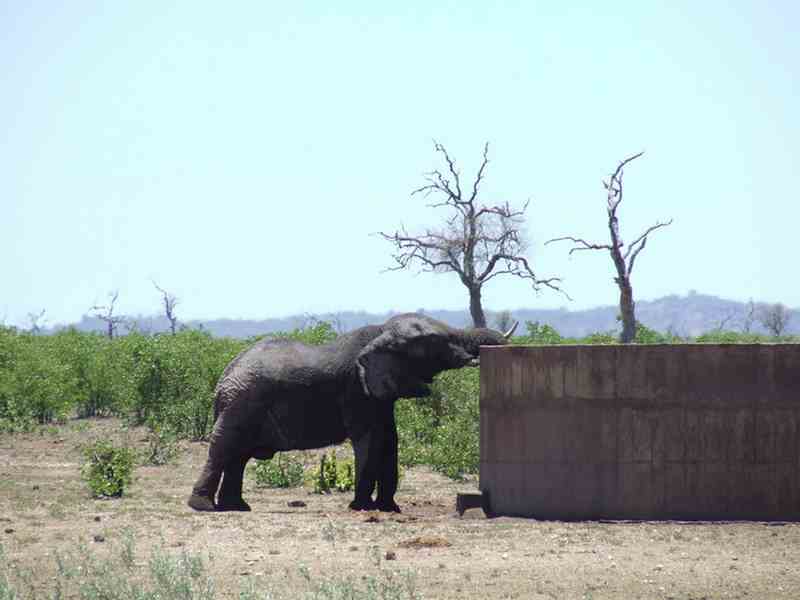

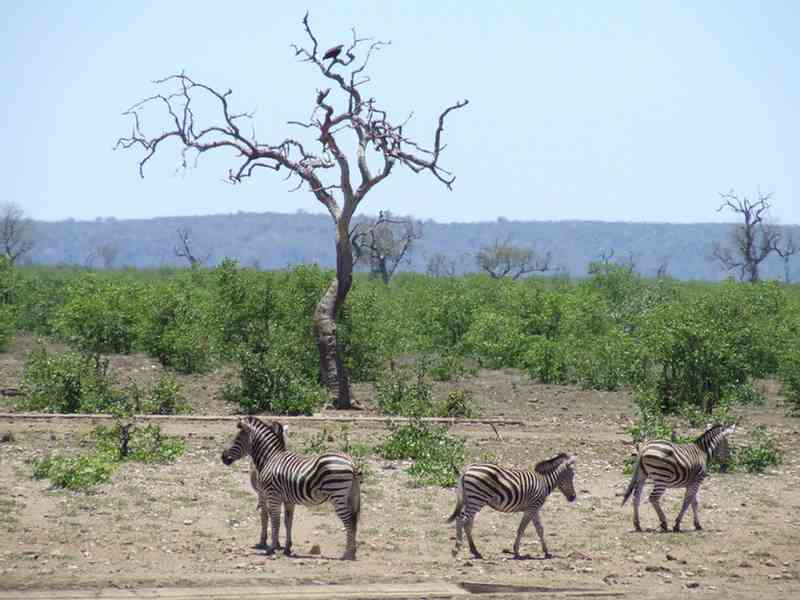
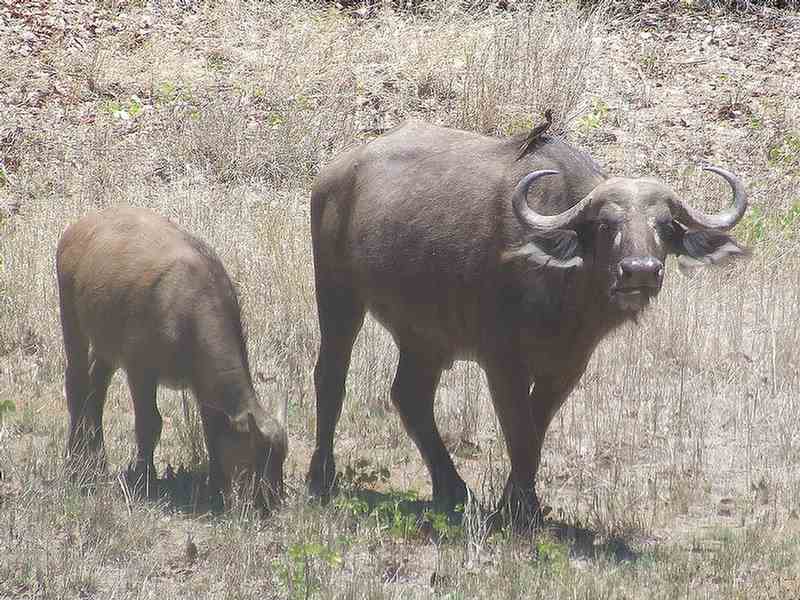
A noble boabab tree at the Mopani Campsite.
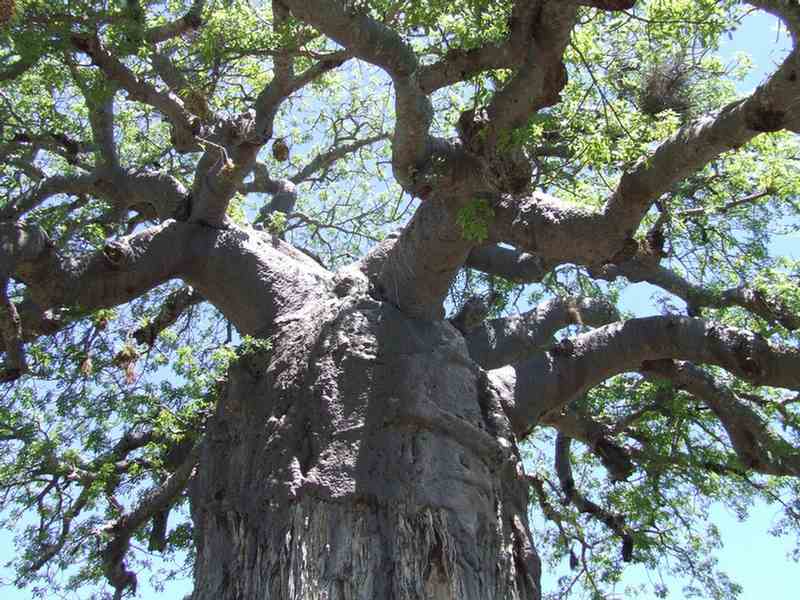
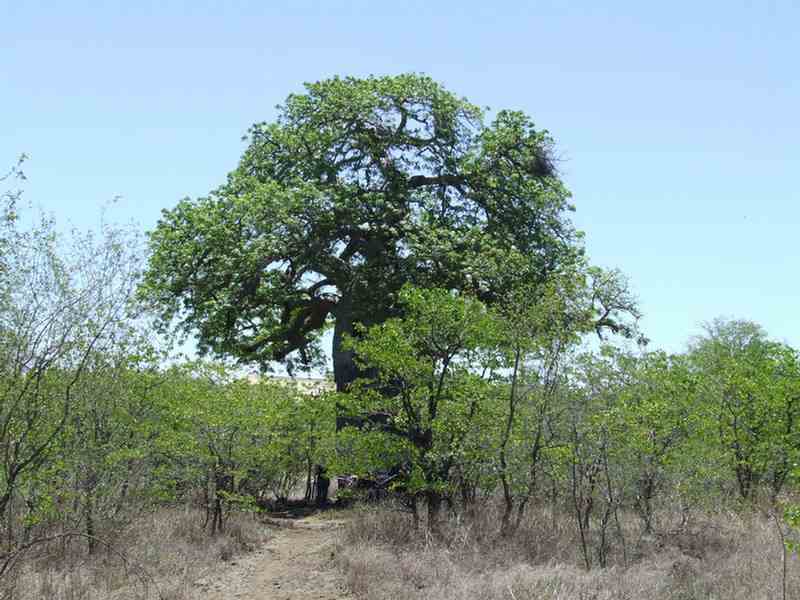
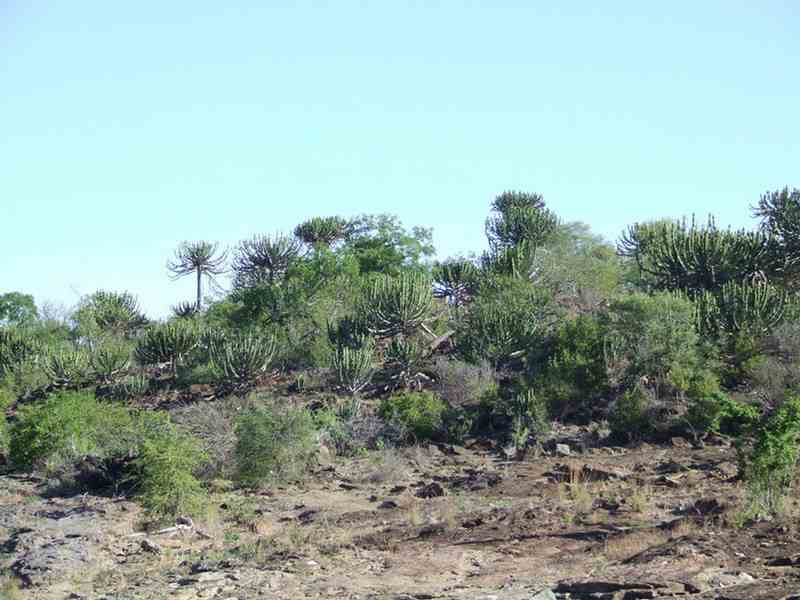
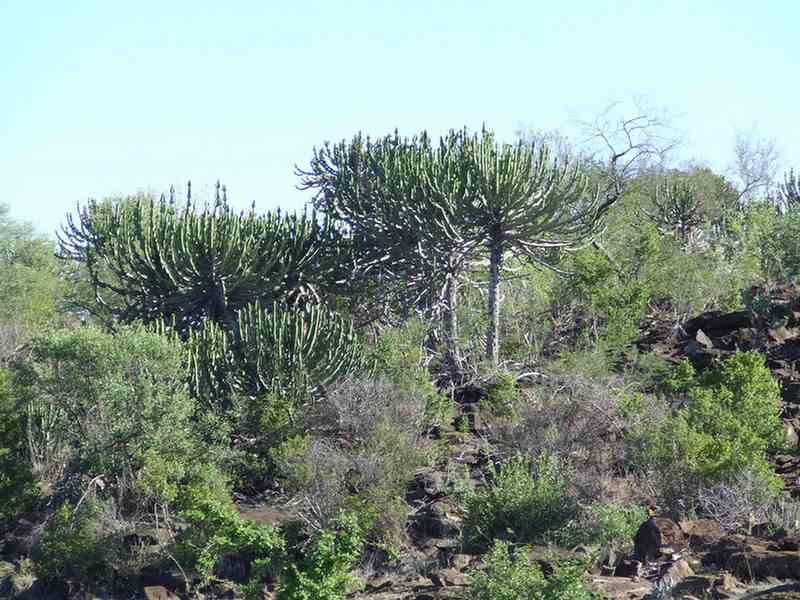
We got an excellent view of hippos and crocodiles from a well situated animal hide.
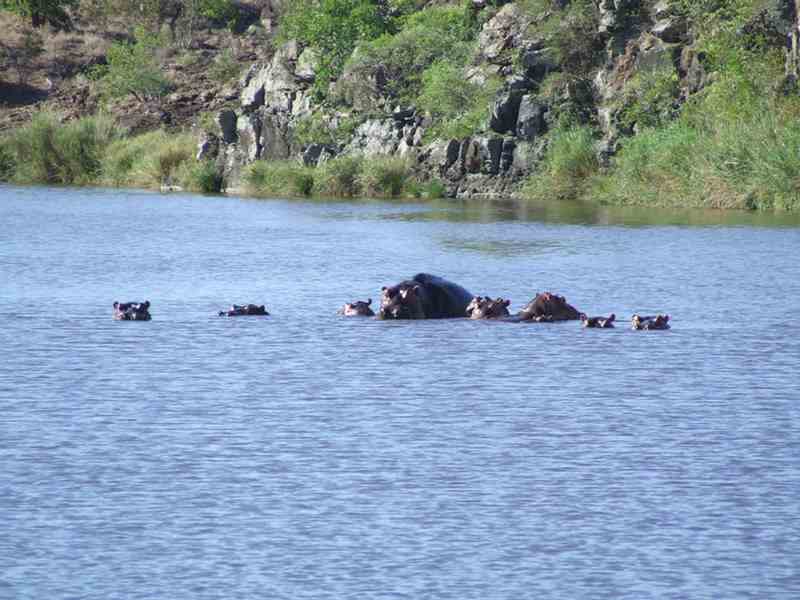
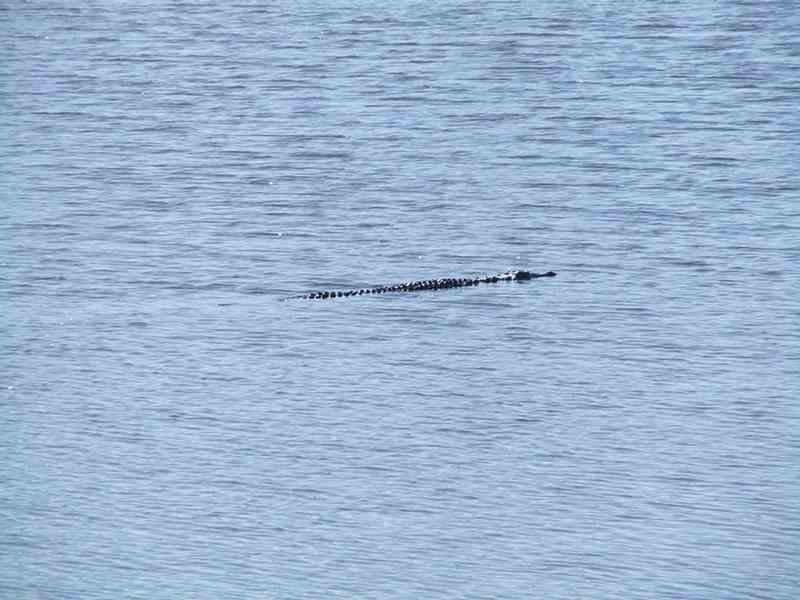
A seasoned traveller in the back of the Intrepid safari vehicle
in which we travelled from Victoria Falls to Johannesburg.
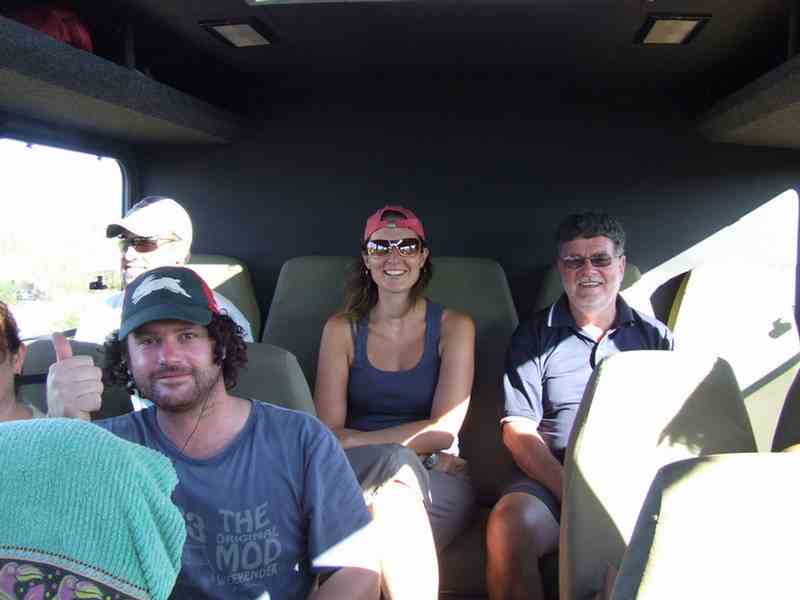

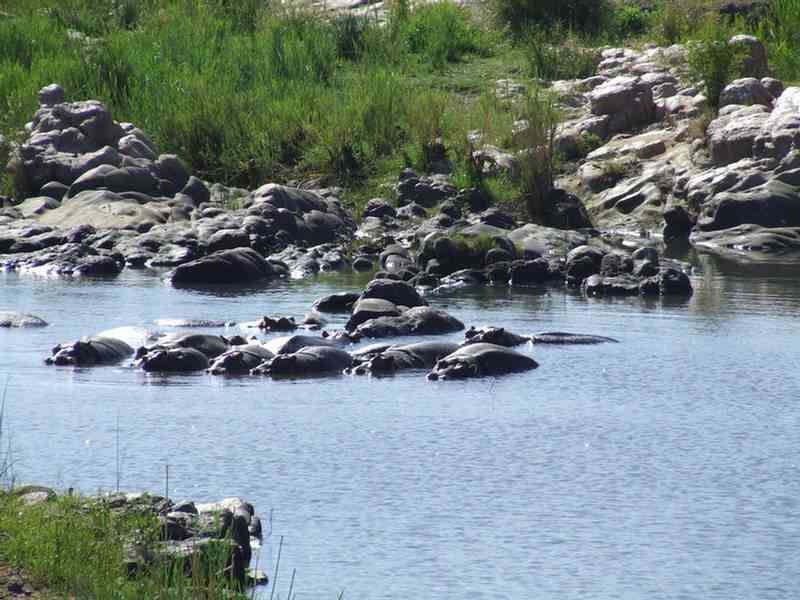
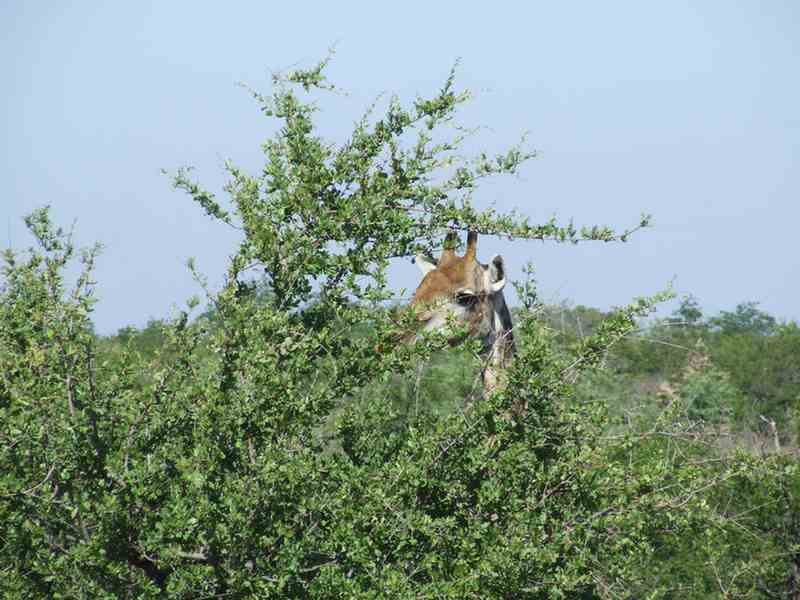
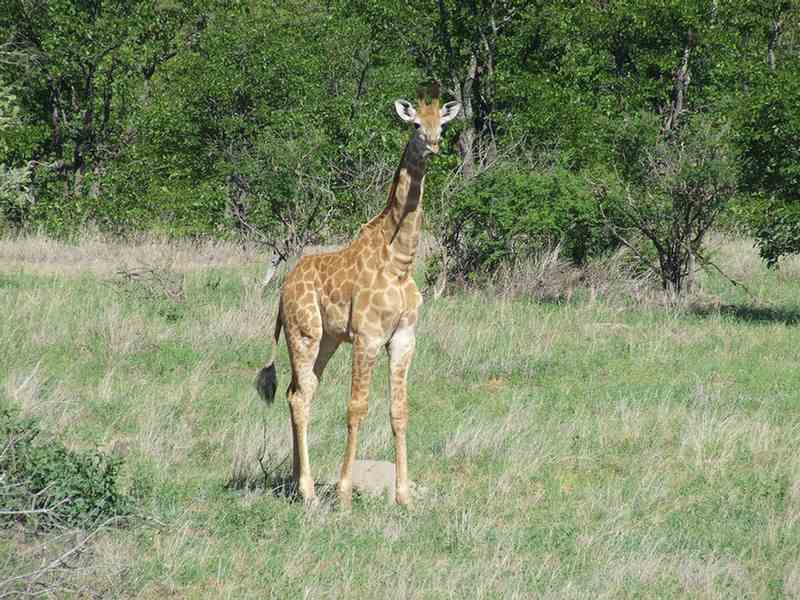
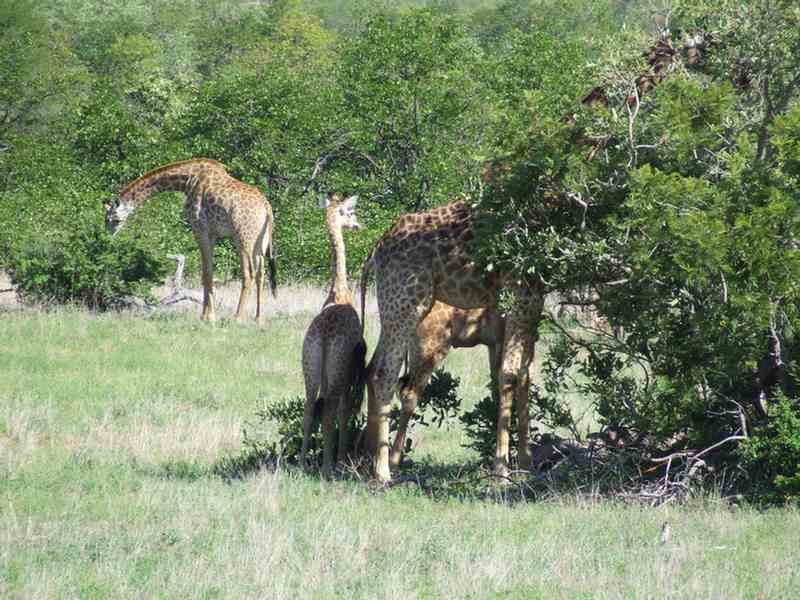
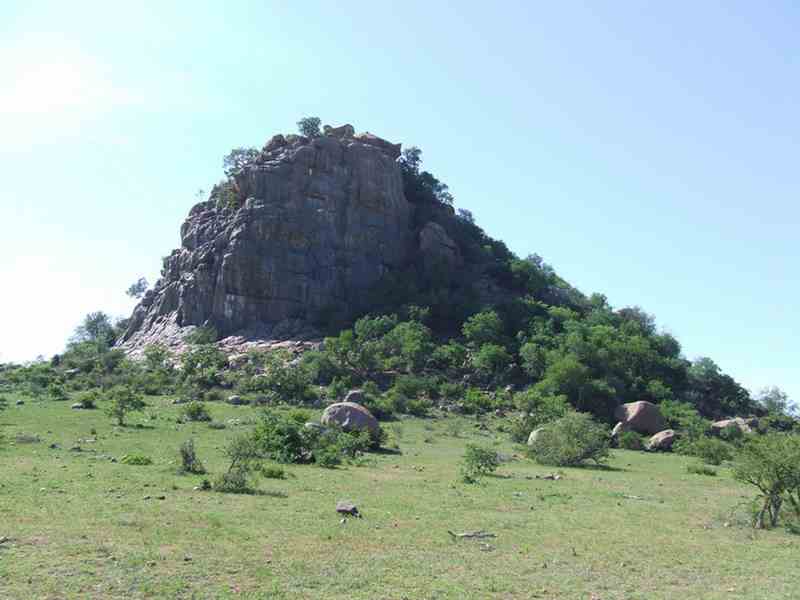

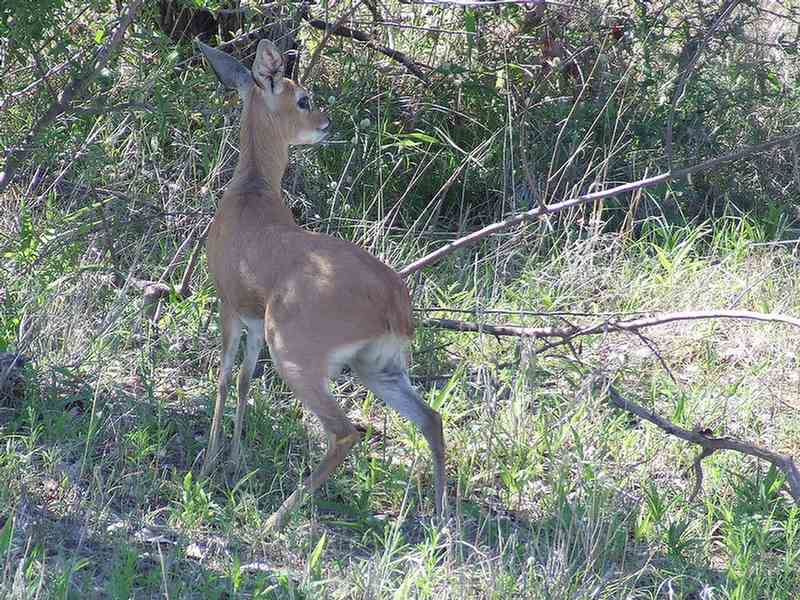
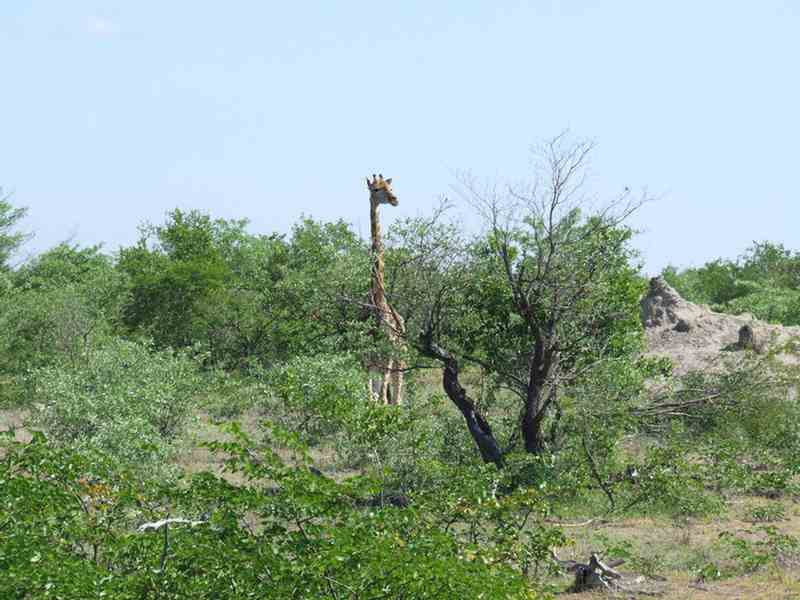
My second visit to Kruger National Park was in 2009 during my 47-day, 5-country trip in southern Africa in 2009.
Our tour only covered a small part of the park.
We entered the park by the Phabeni Gate.
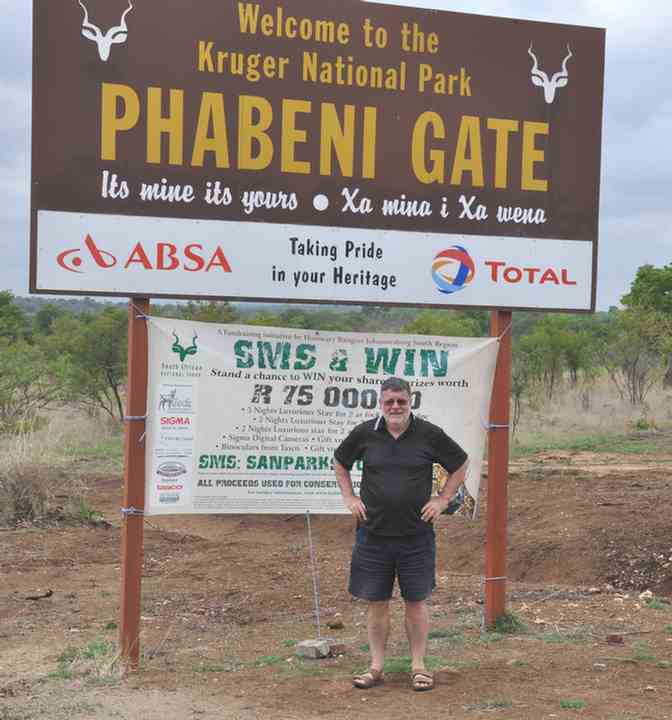
The White Rhinoceros or
Square-lipped rhinoceros has a wide mouth used
for grazing and is the most common of all rhinos.
A popular theory of the origins of the name White Rhinoceros is a
mistranslation from Dutch to English.
The English word "white" in English is said to have been derived by
mis-translation of the Dutch word "wijd",
which means "wide" in English.
Apart
from a glimpse of the rear of a black rhino (our guide claimed it was)
disappearing into the bush
in Etosha National Park in Namibia, we only saw white rhinos on this
trip.

The name Impala comes from the Zulu language meaning "Gazelle".
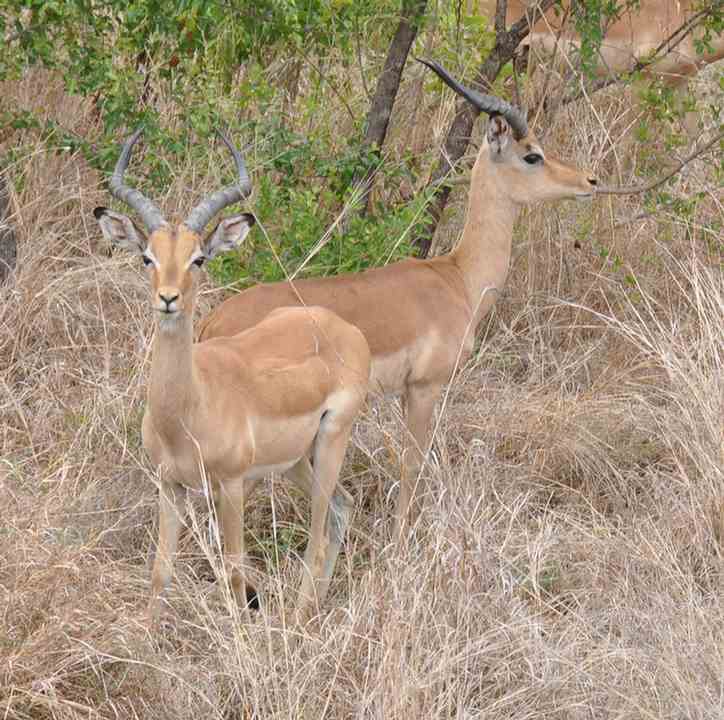
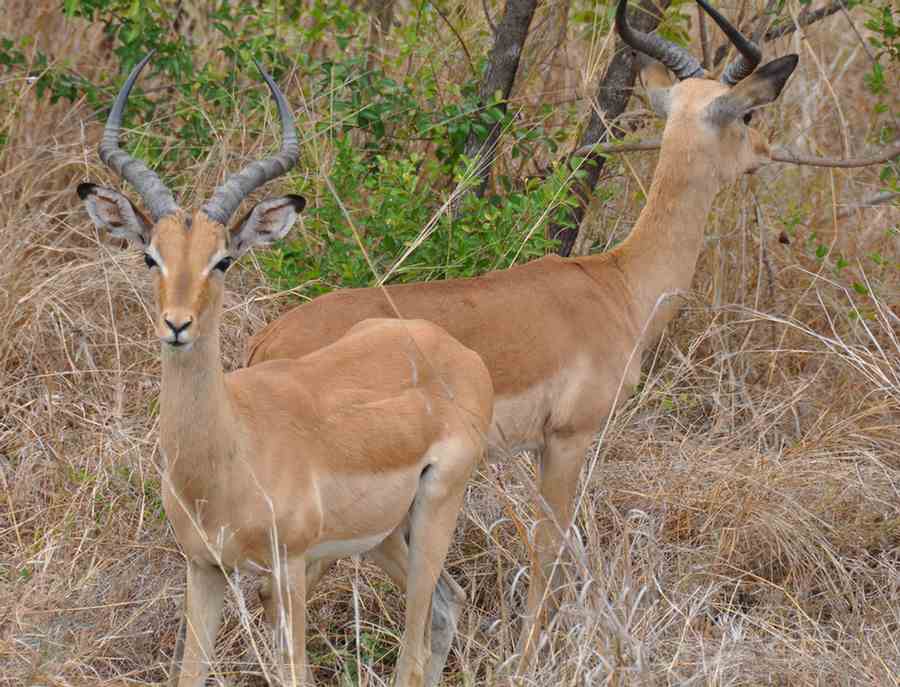
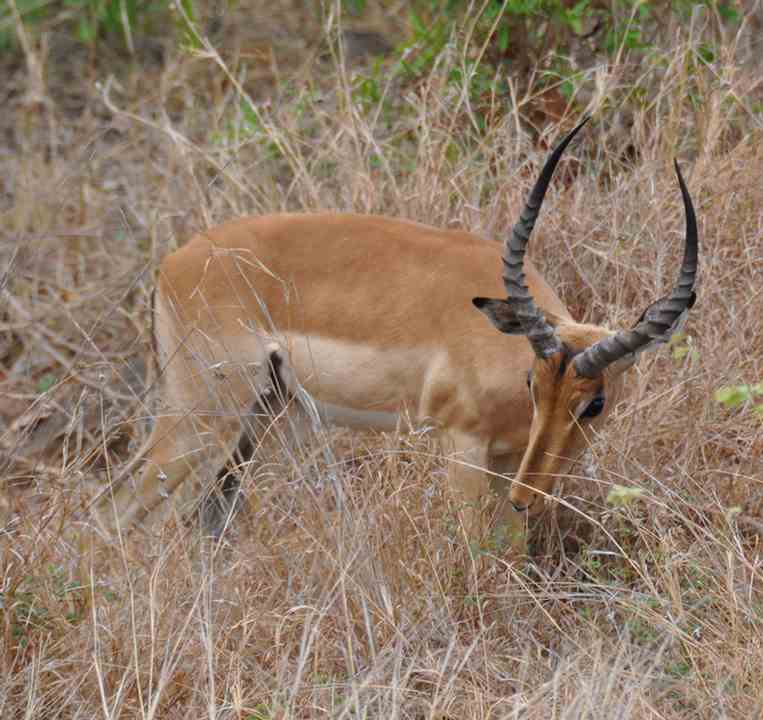
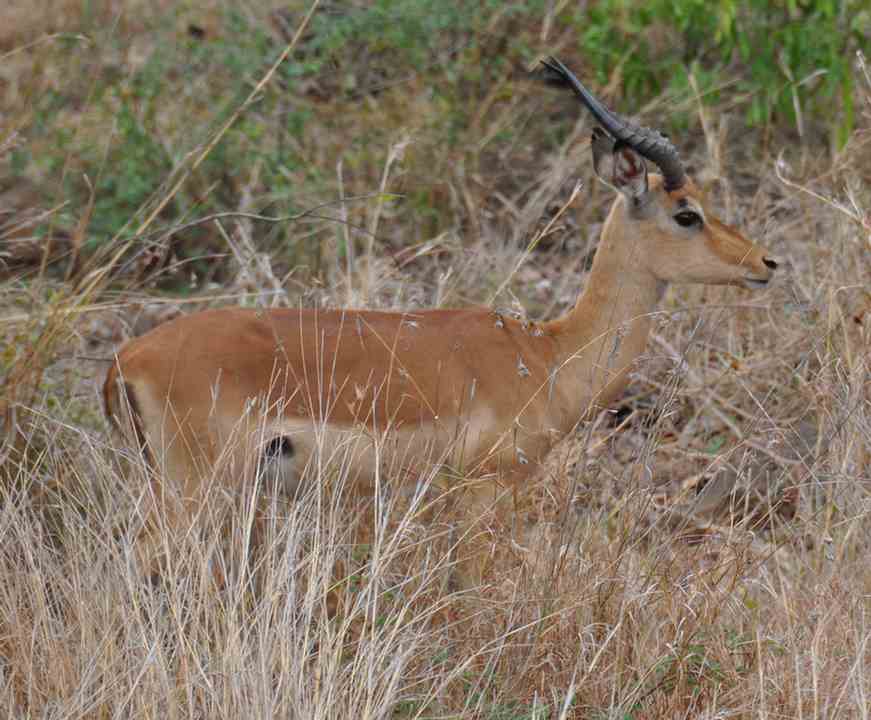
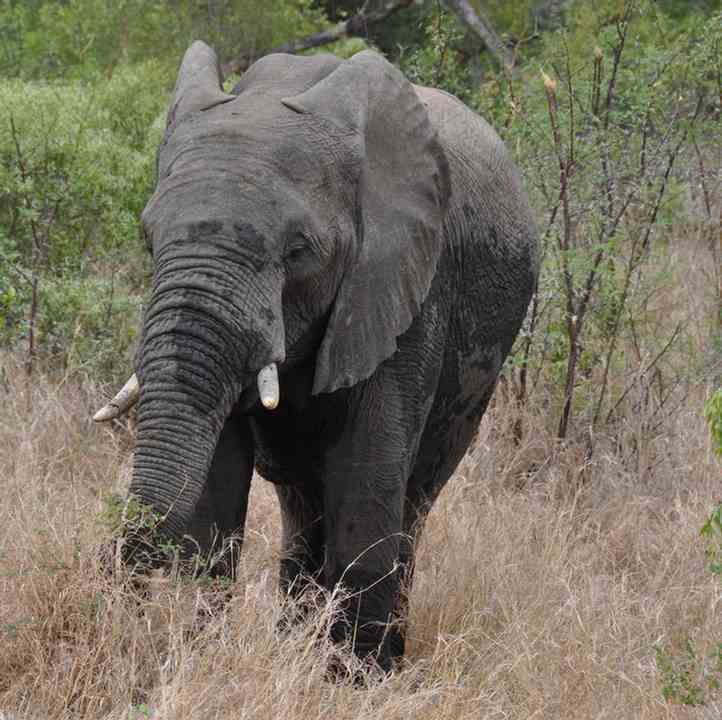
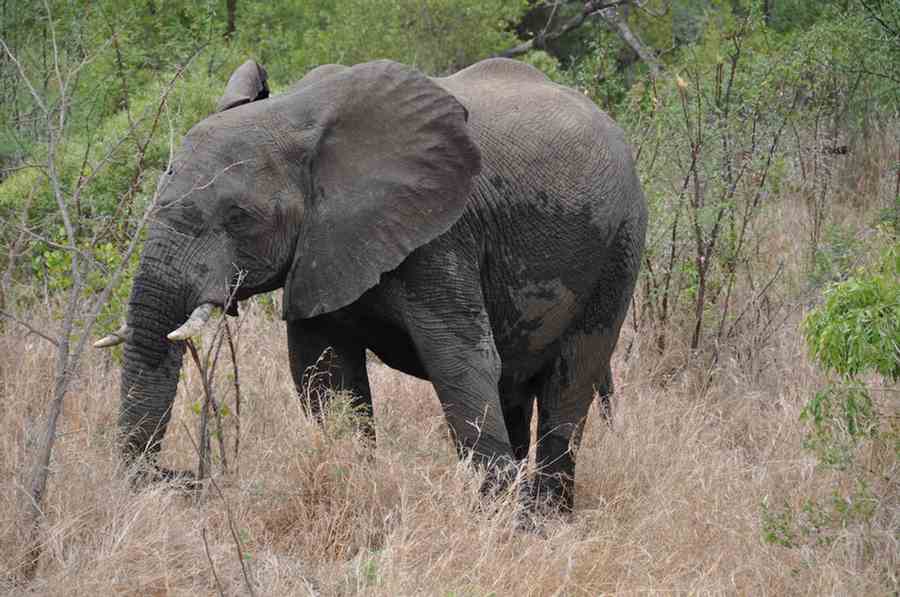
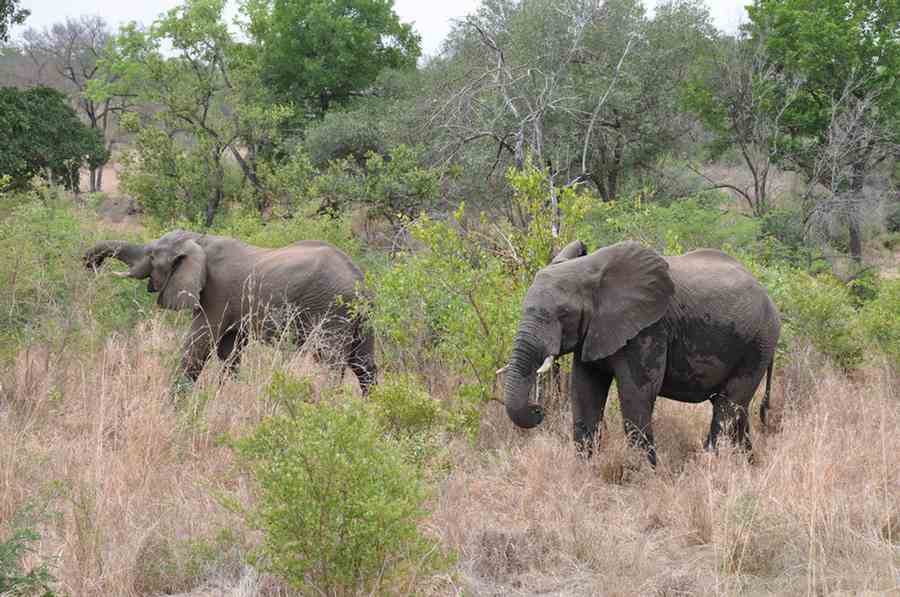
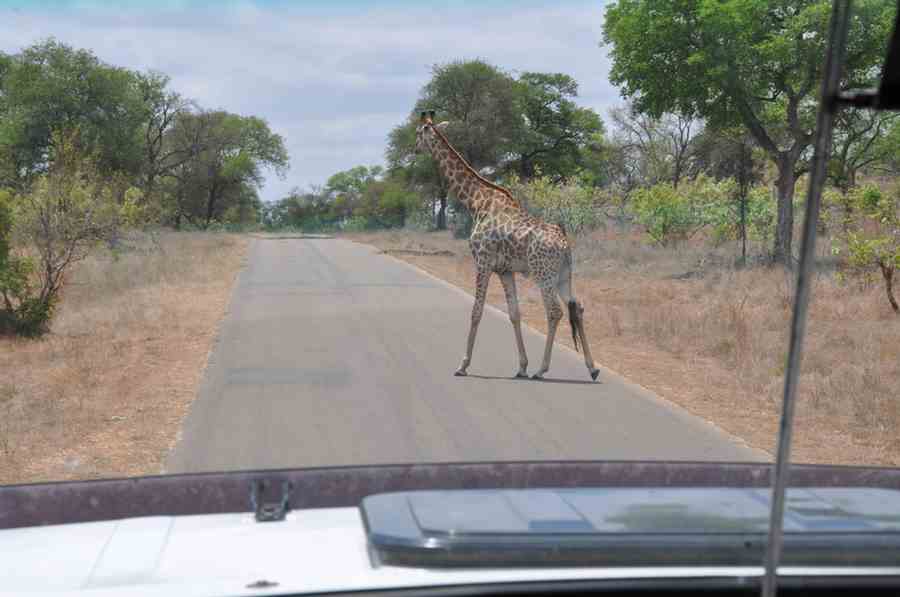
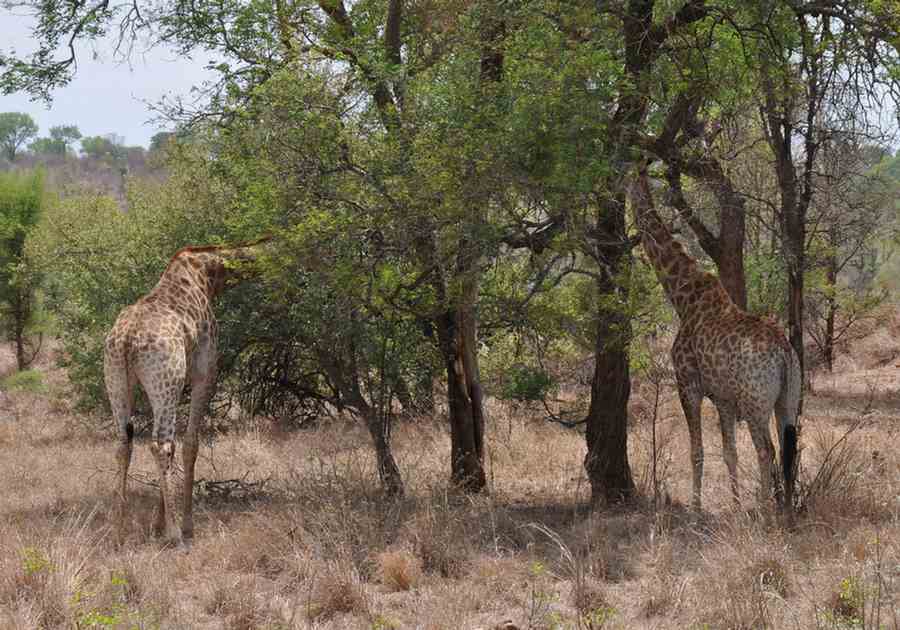

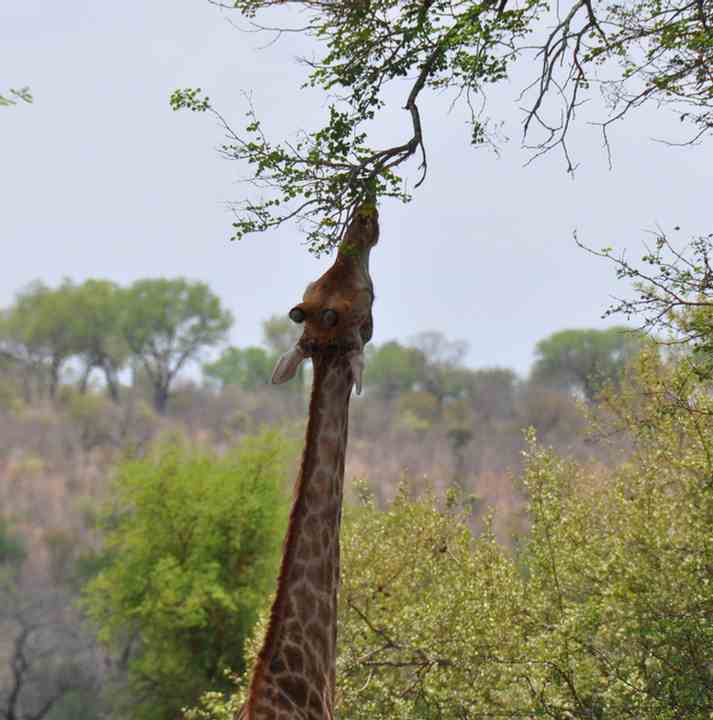
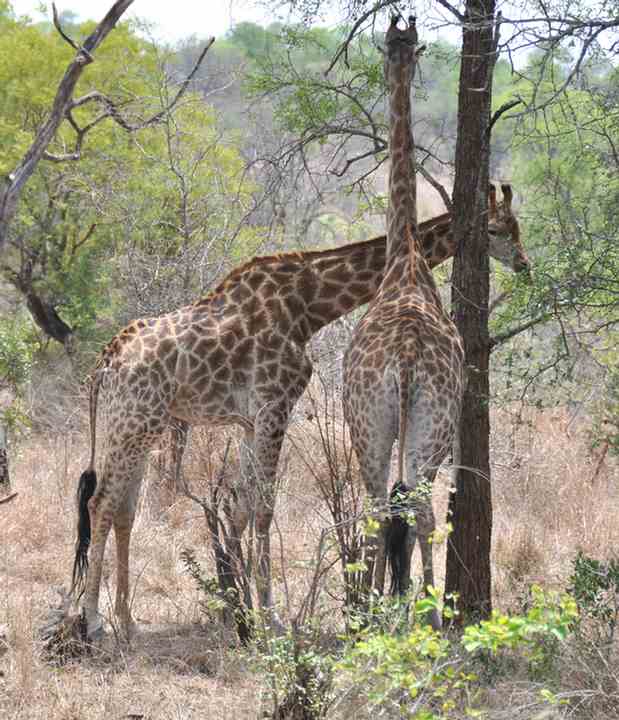
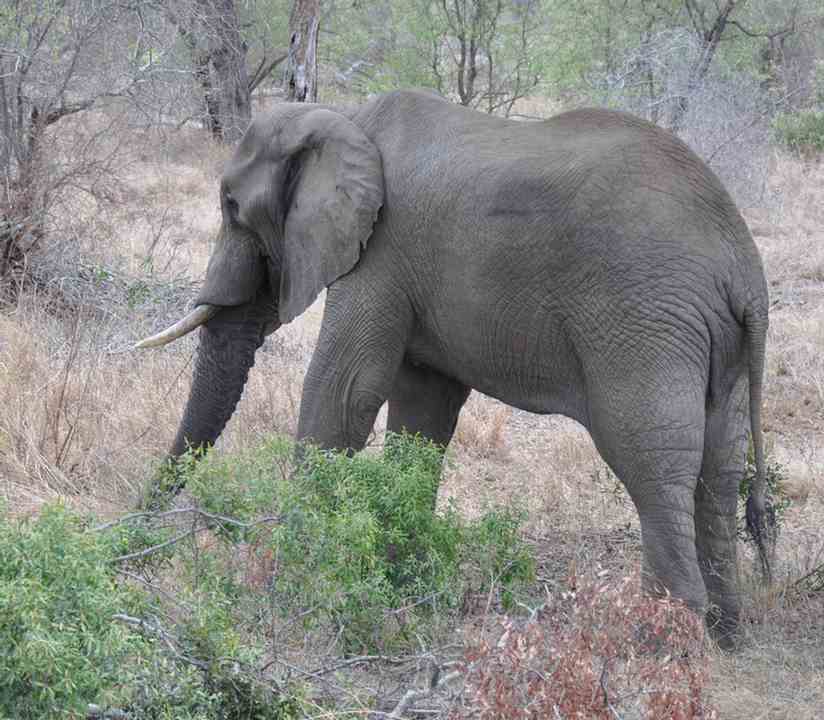
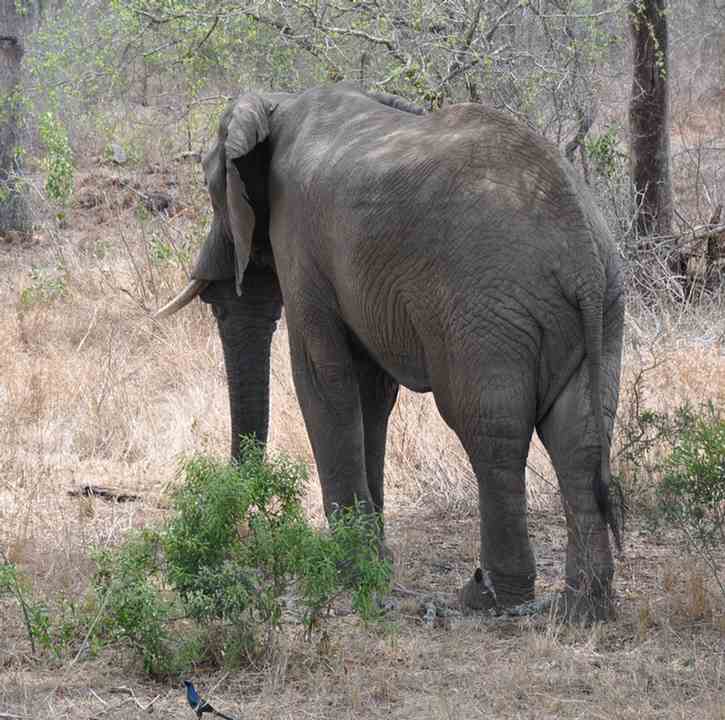
More Impala.
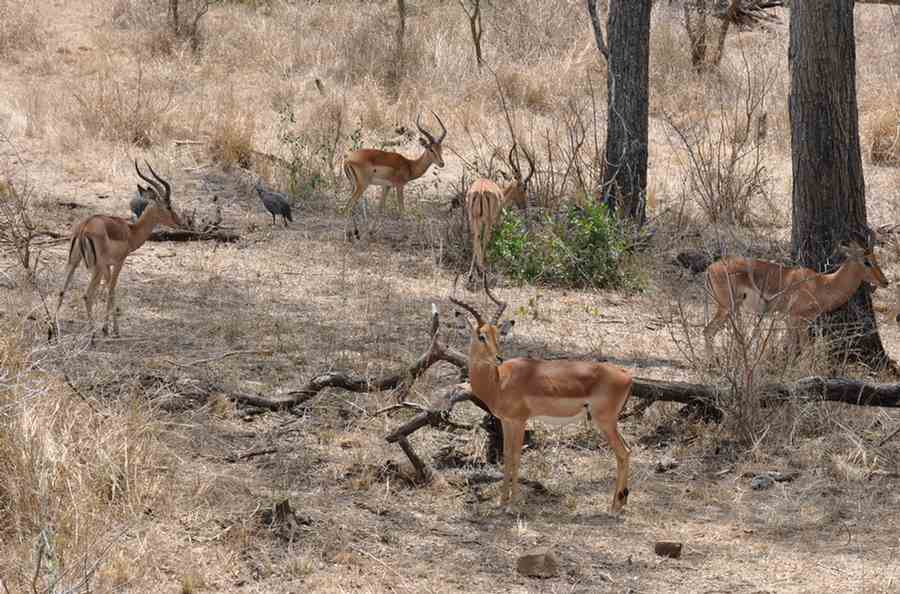
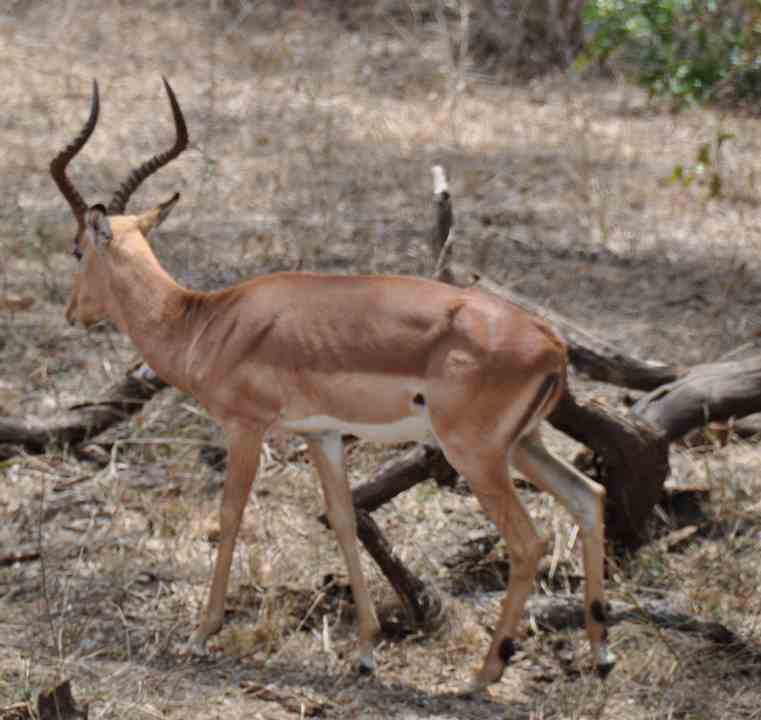

Kudu
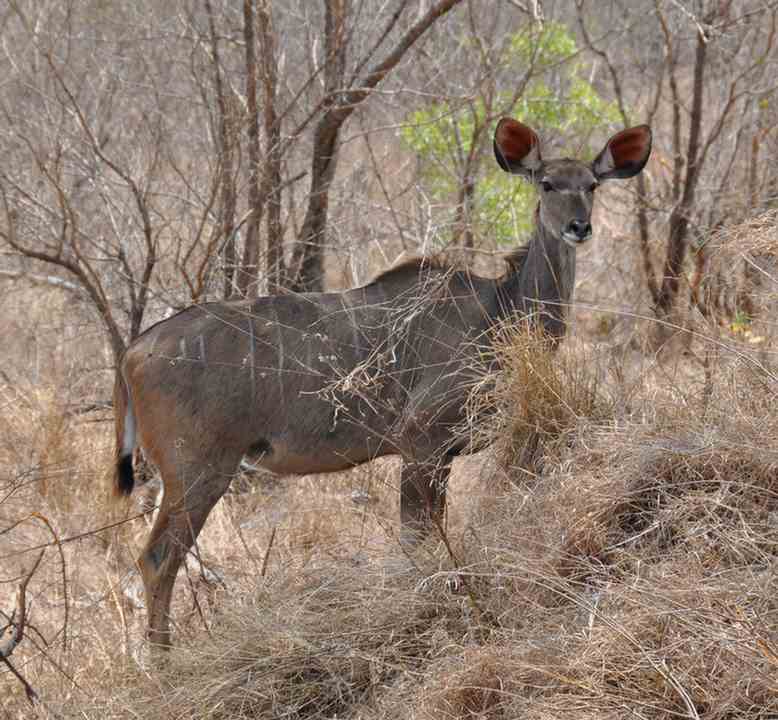
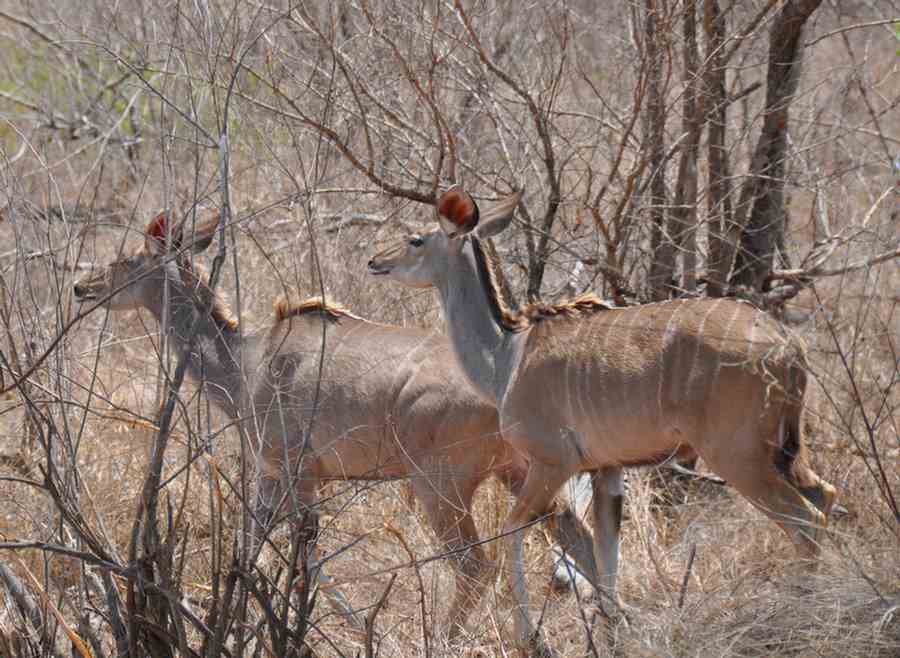
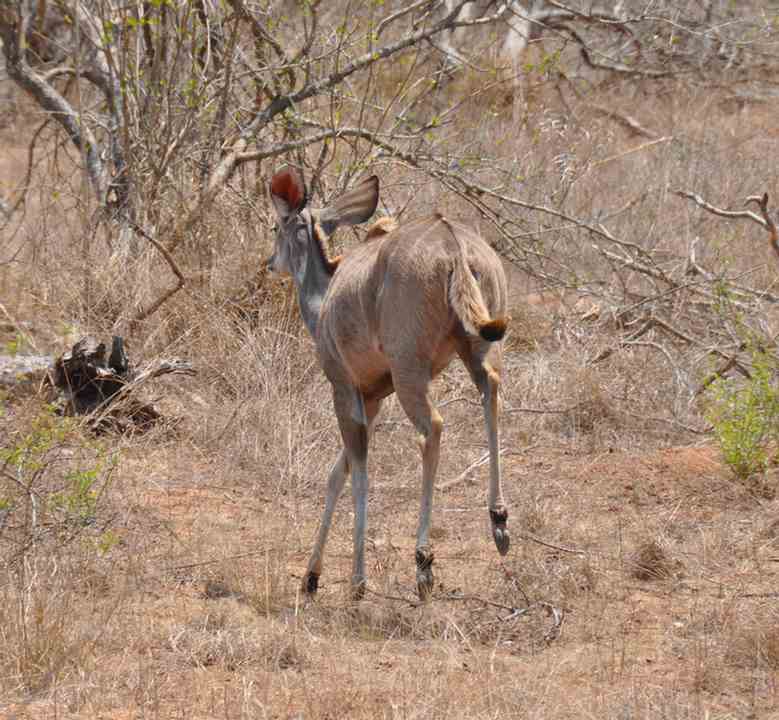
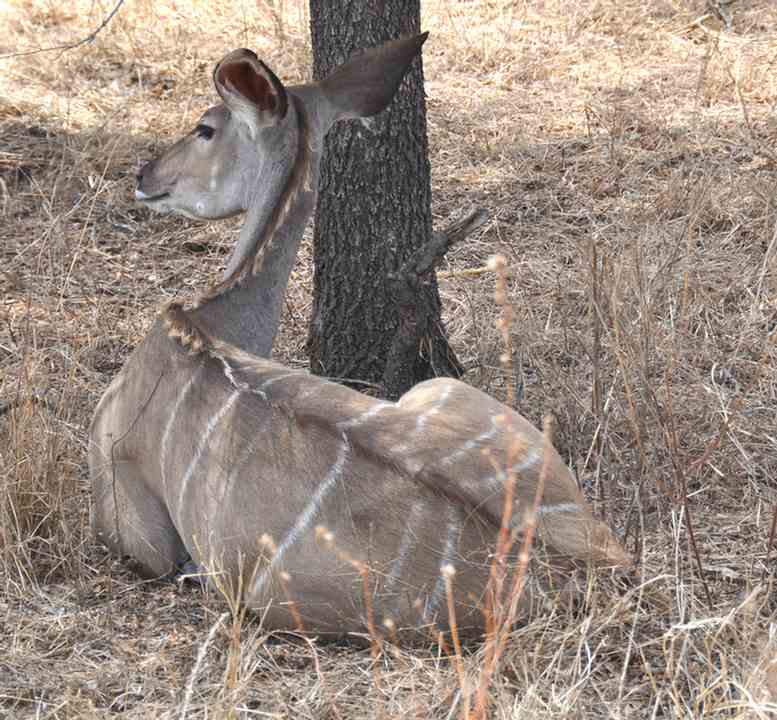
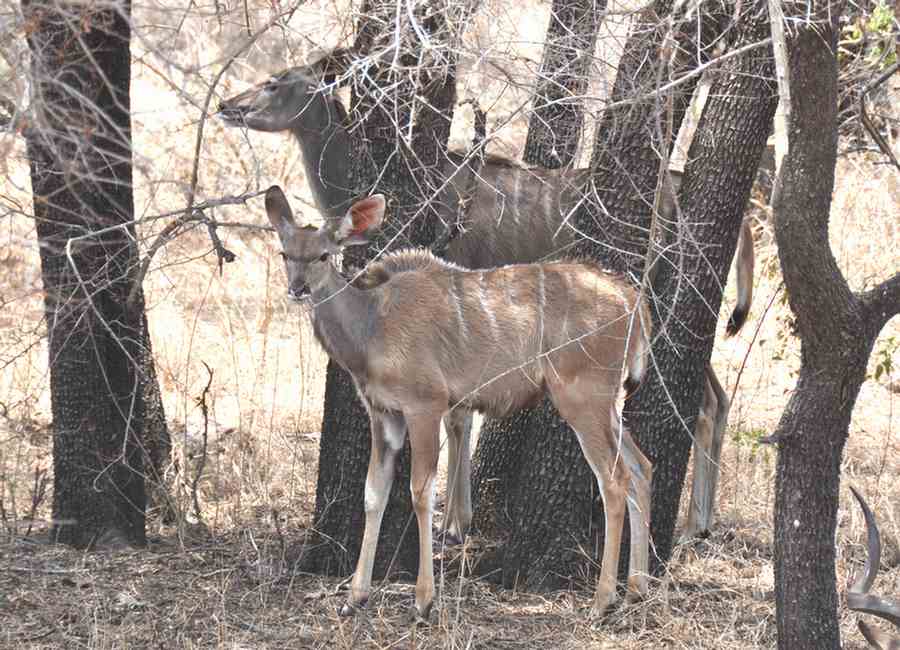
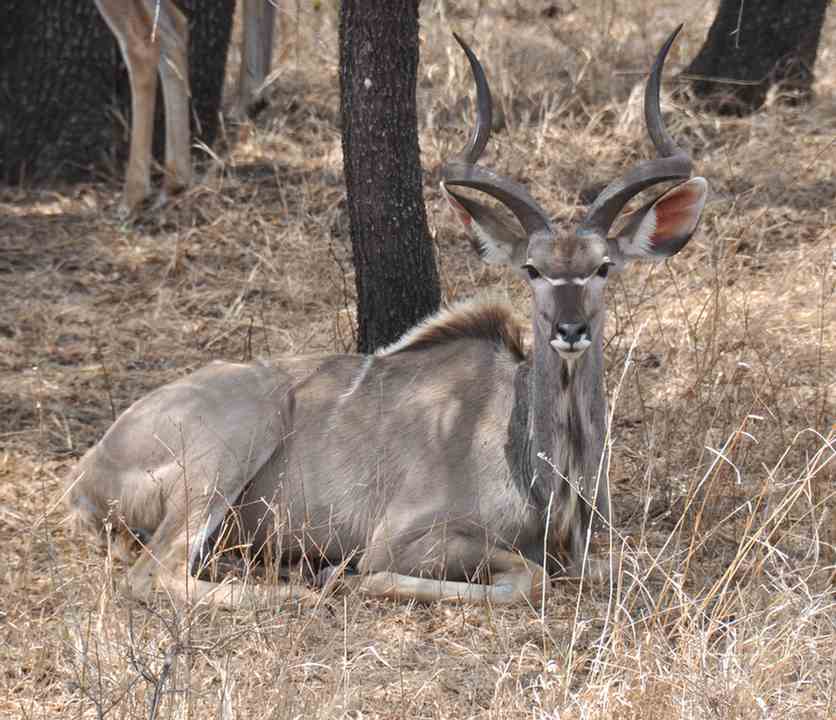
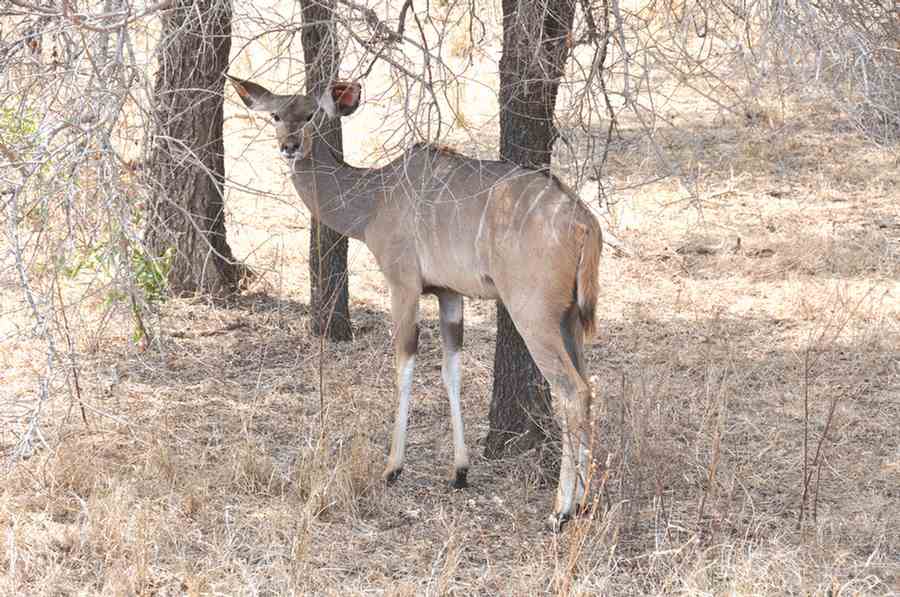
This giraffe has been a tasty meal.
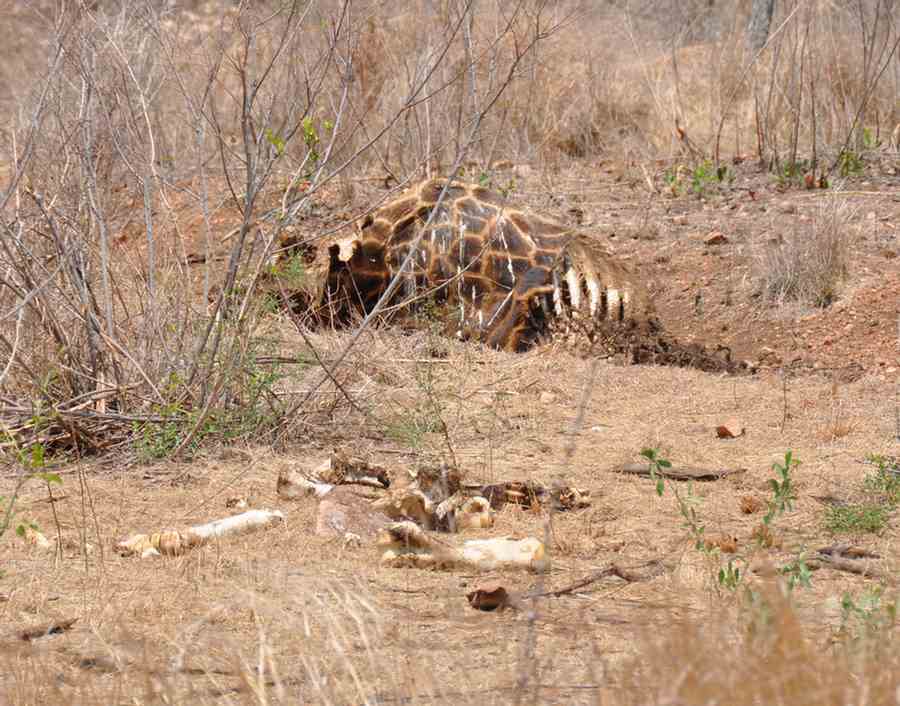
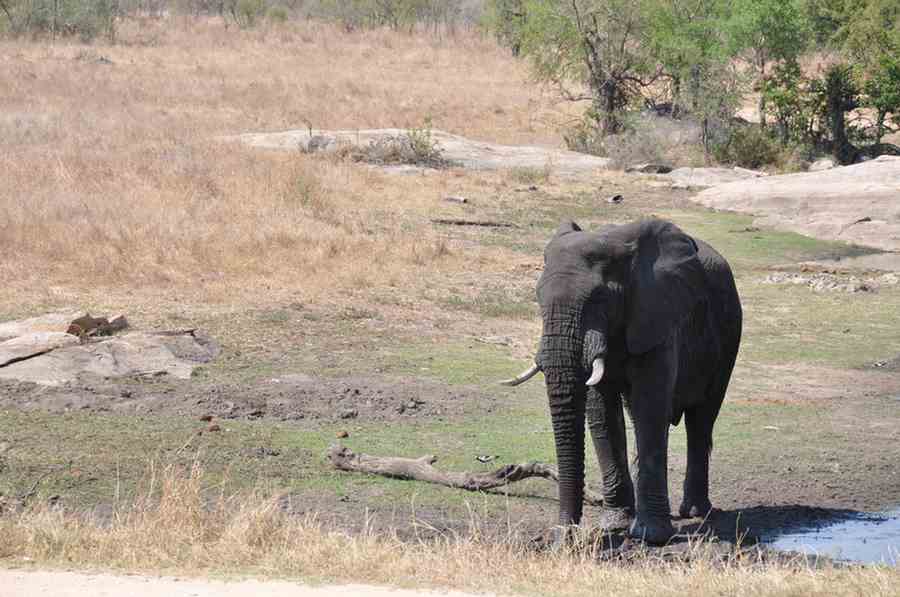
Impala.
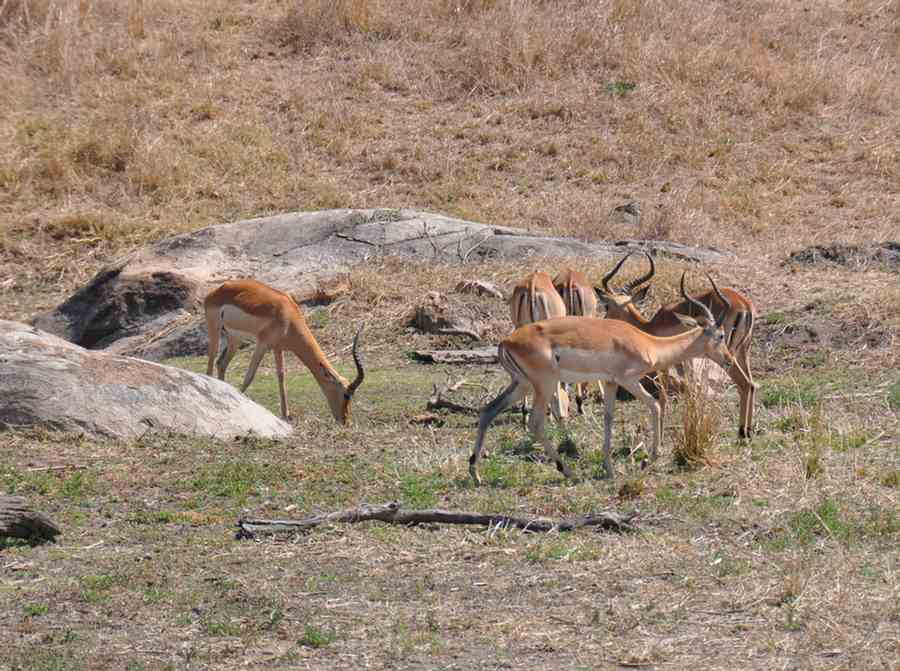
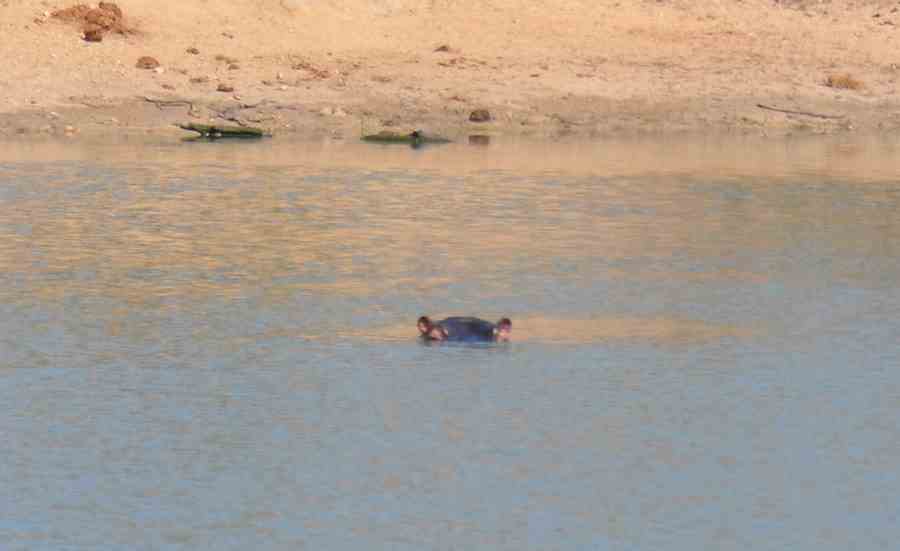
The only lions we saw in Kruger National Park were walking slowly in the bush about 300 metres from the road.
